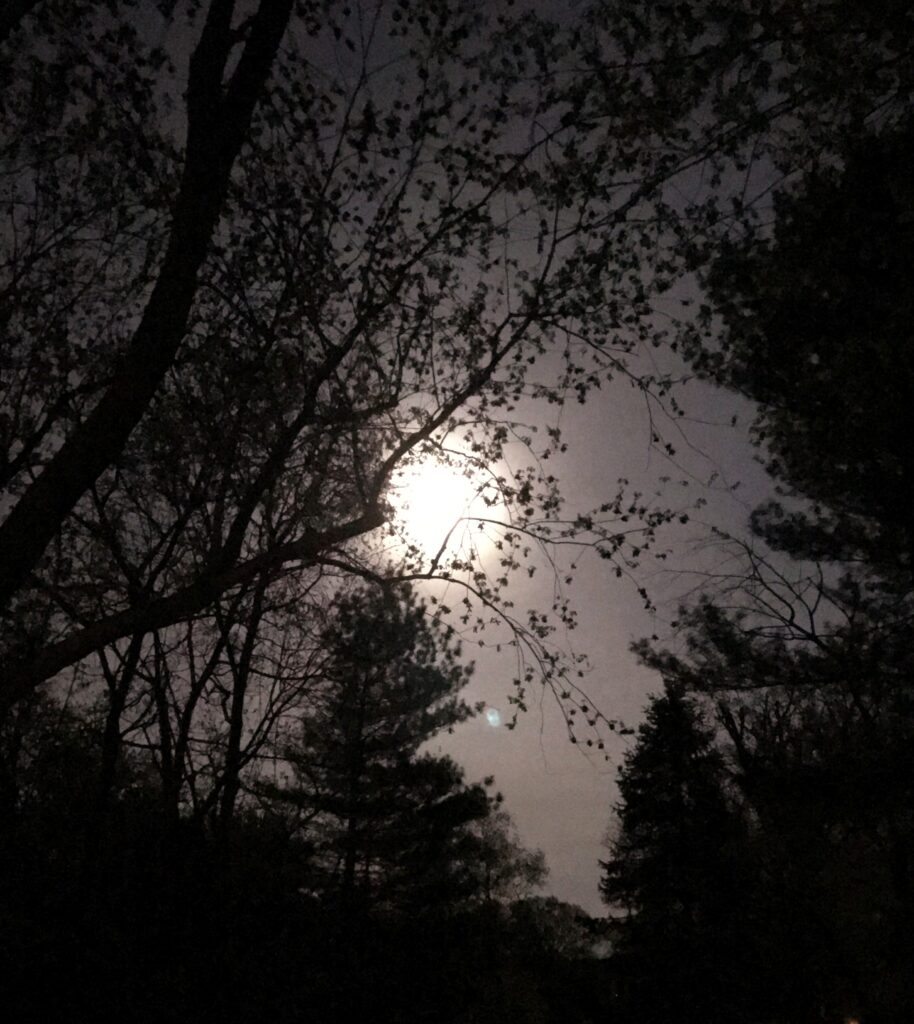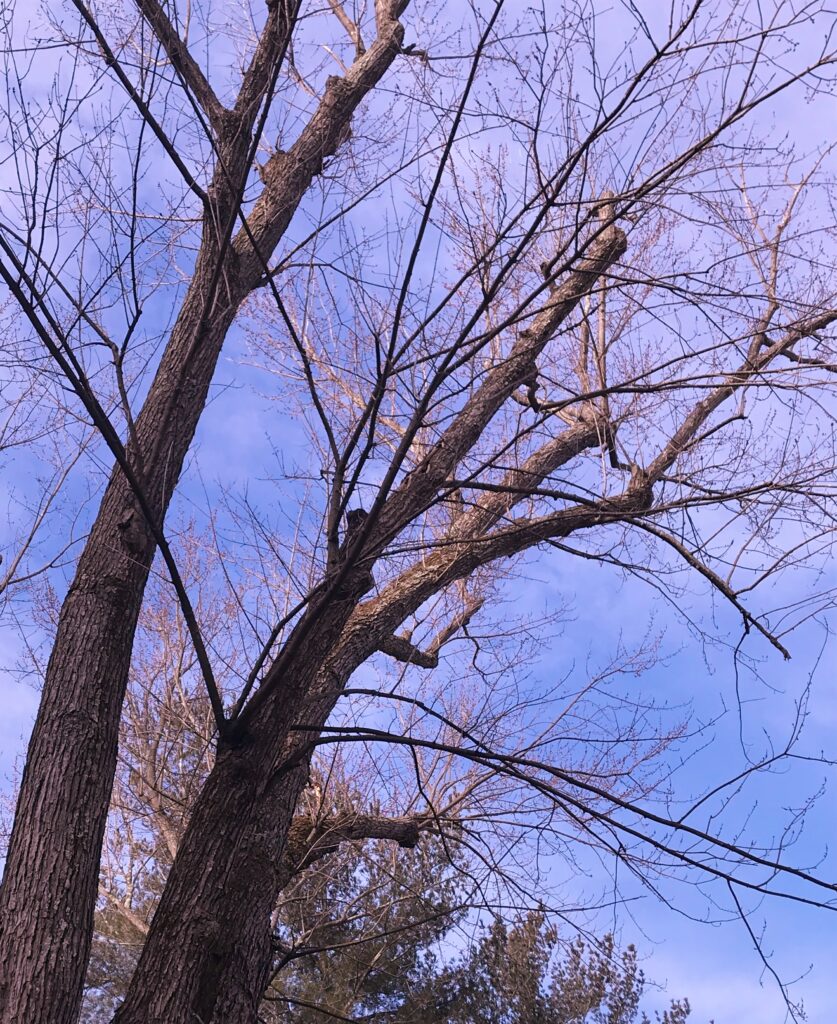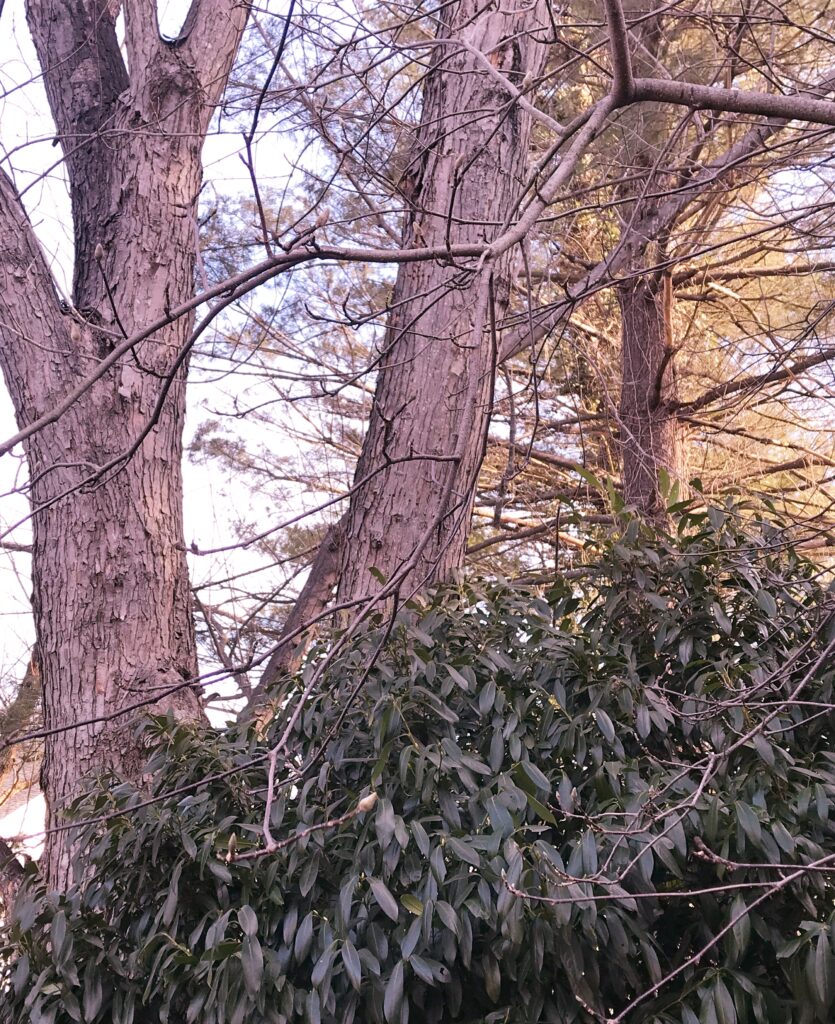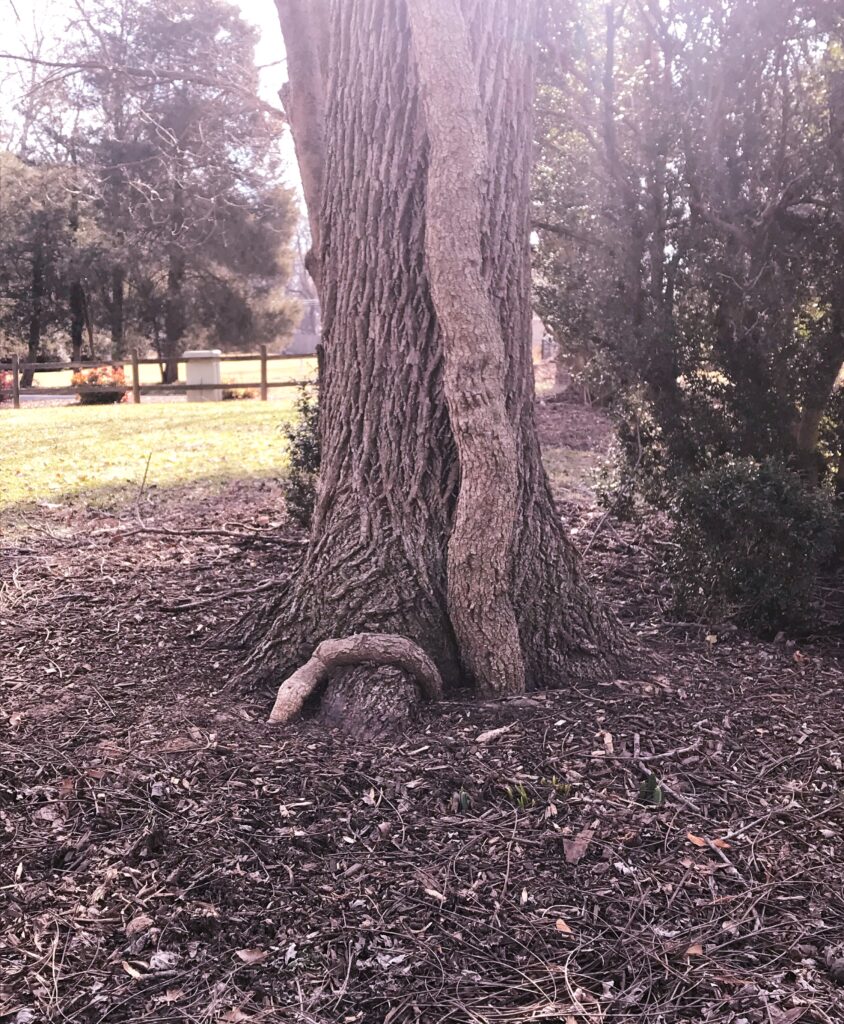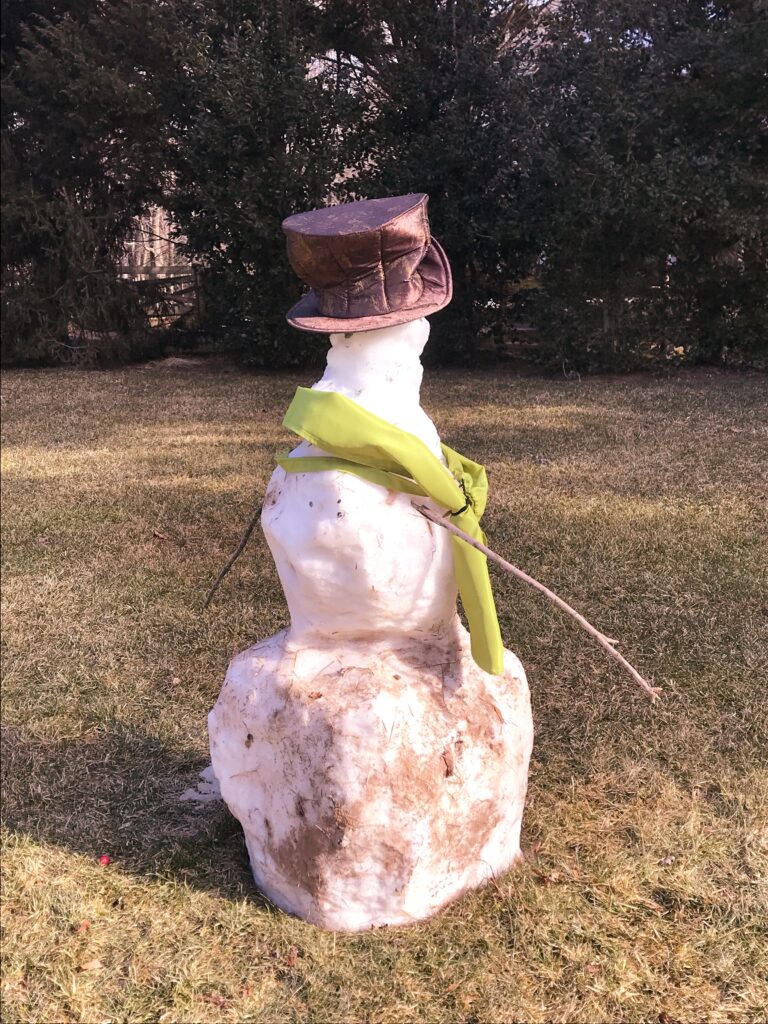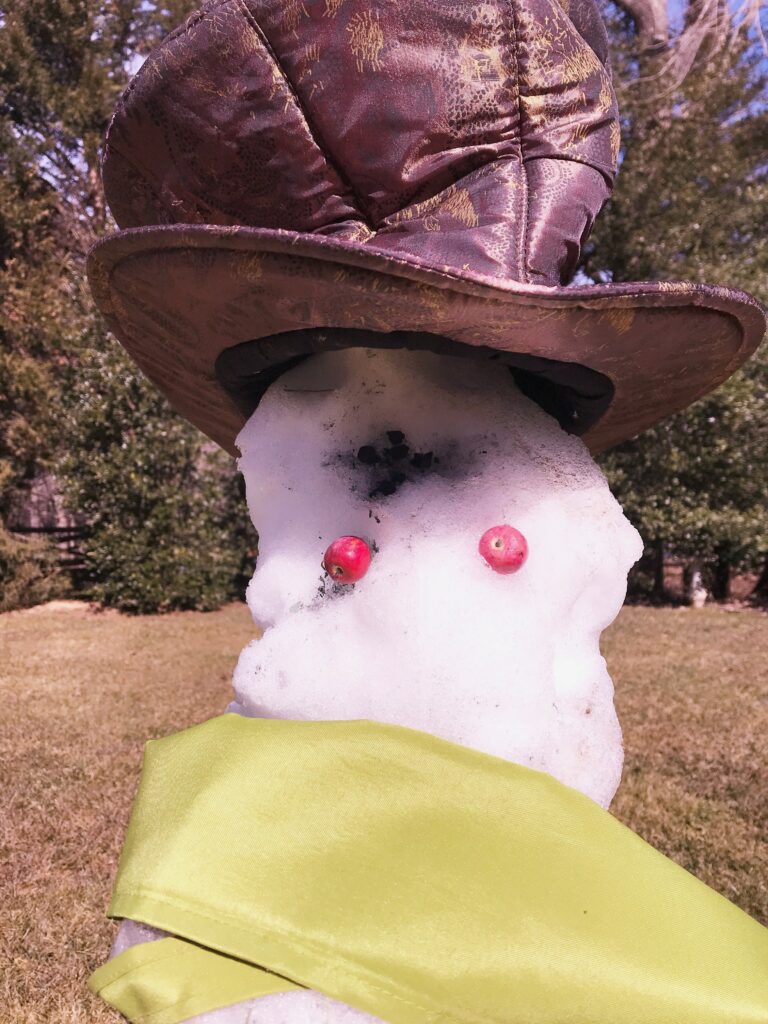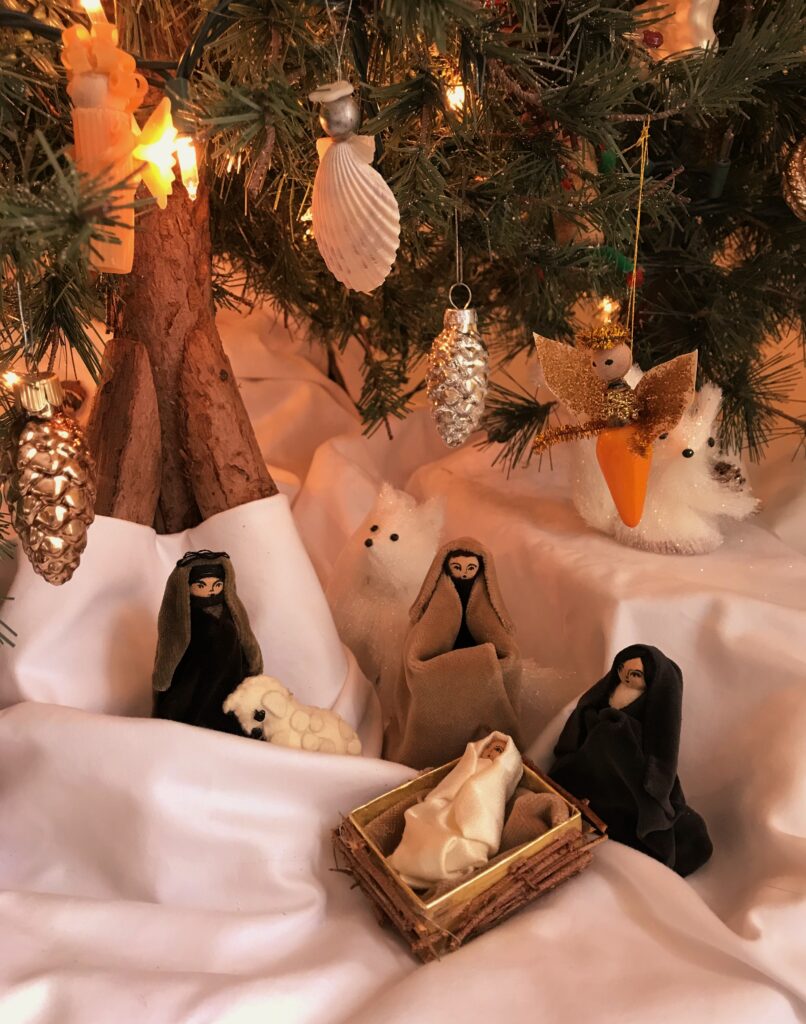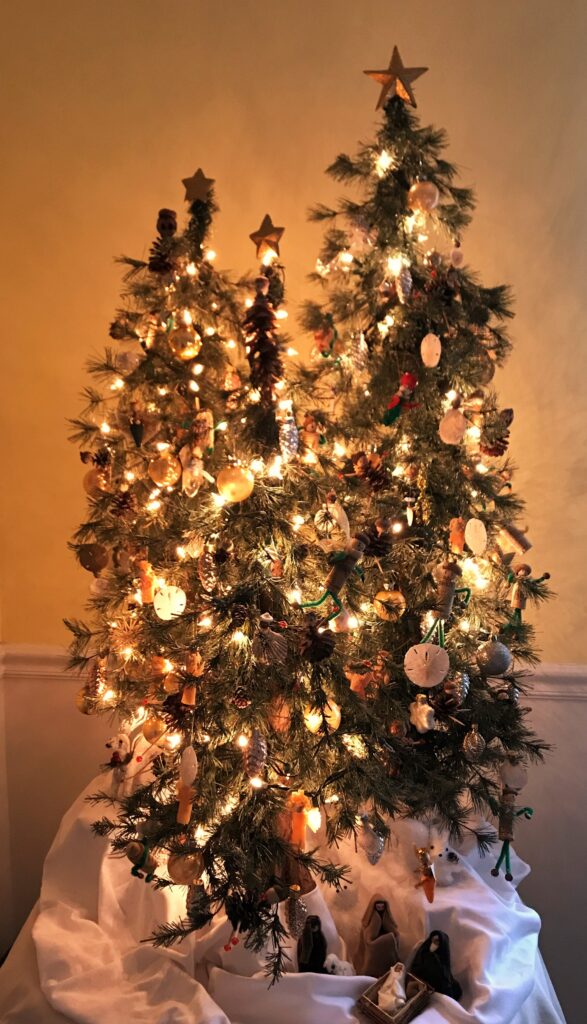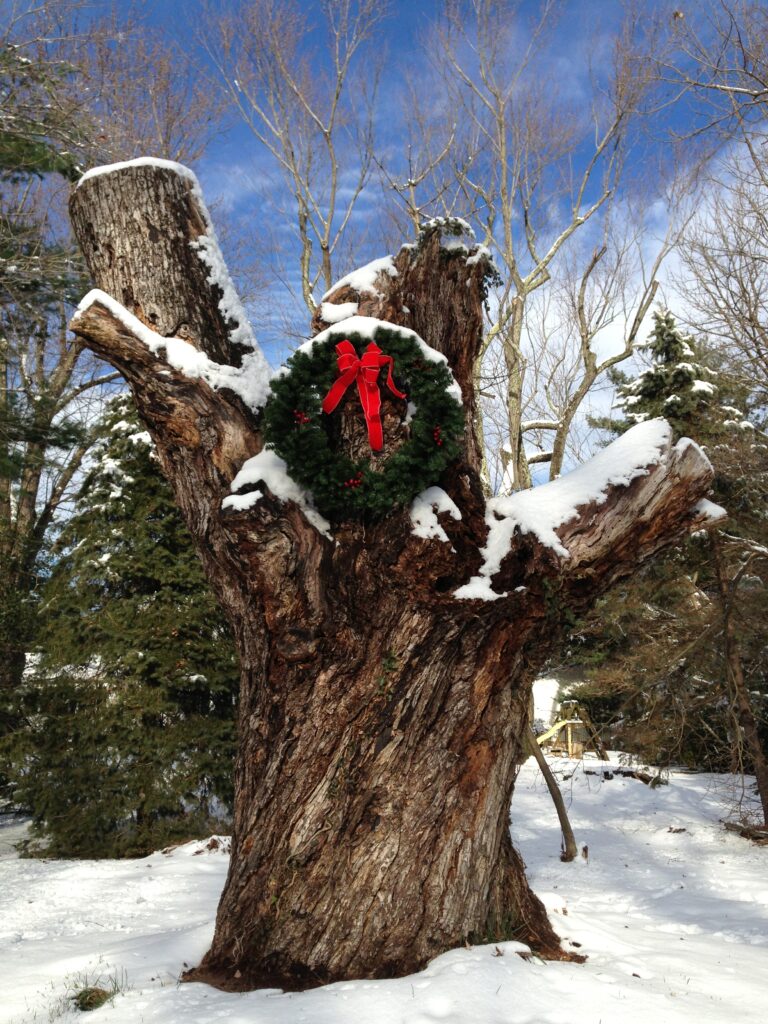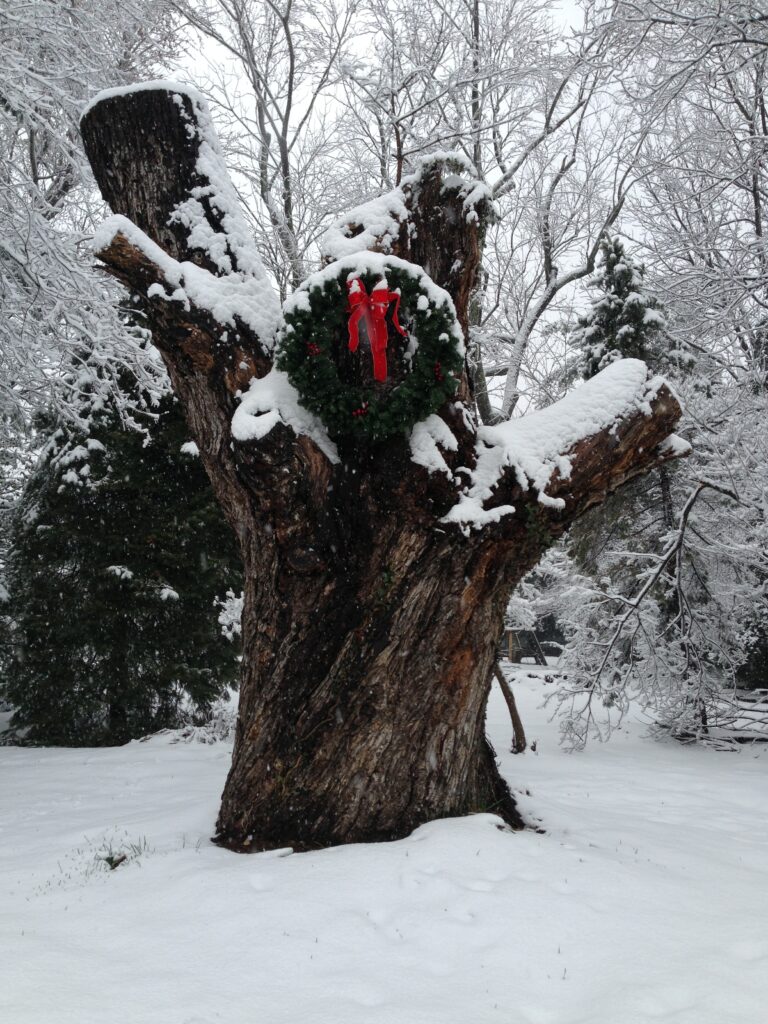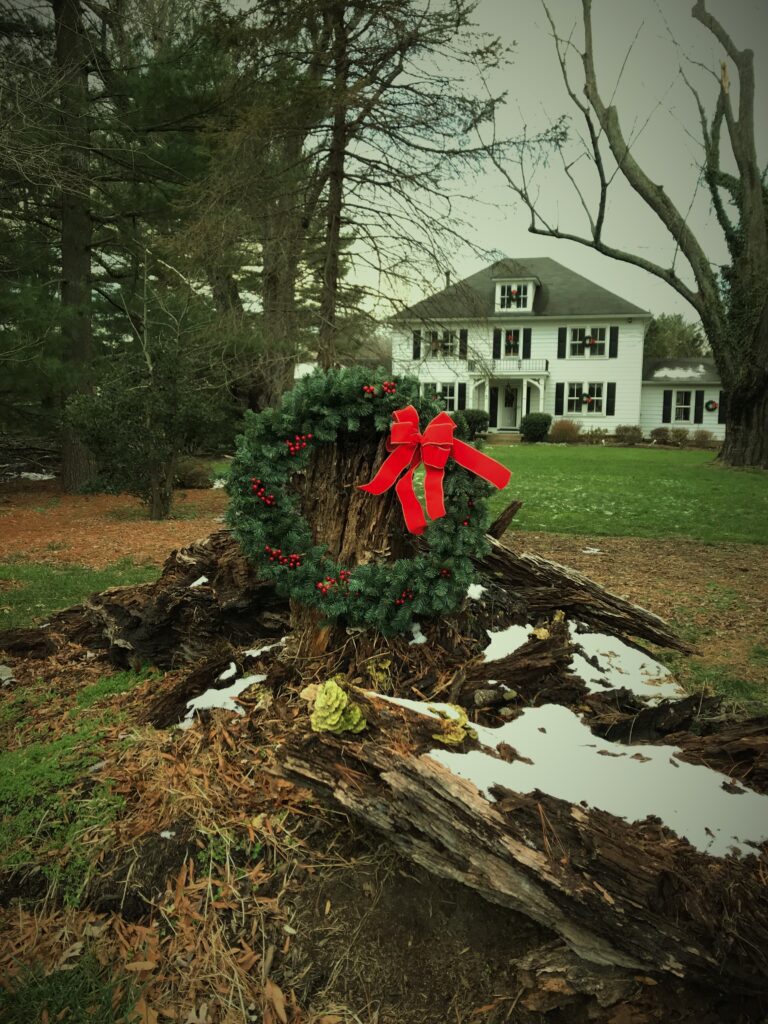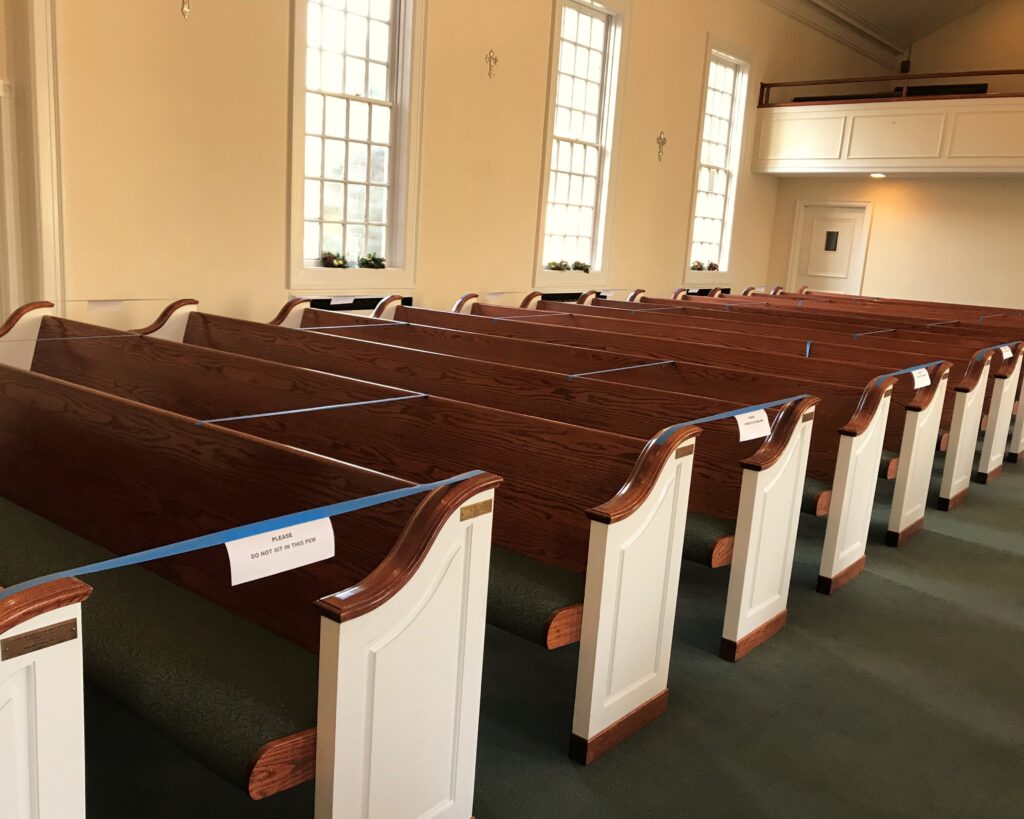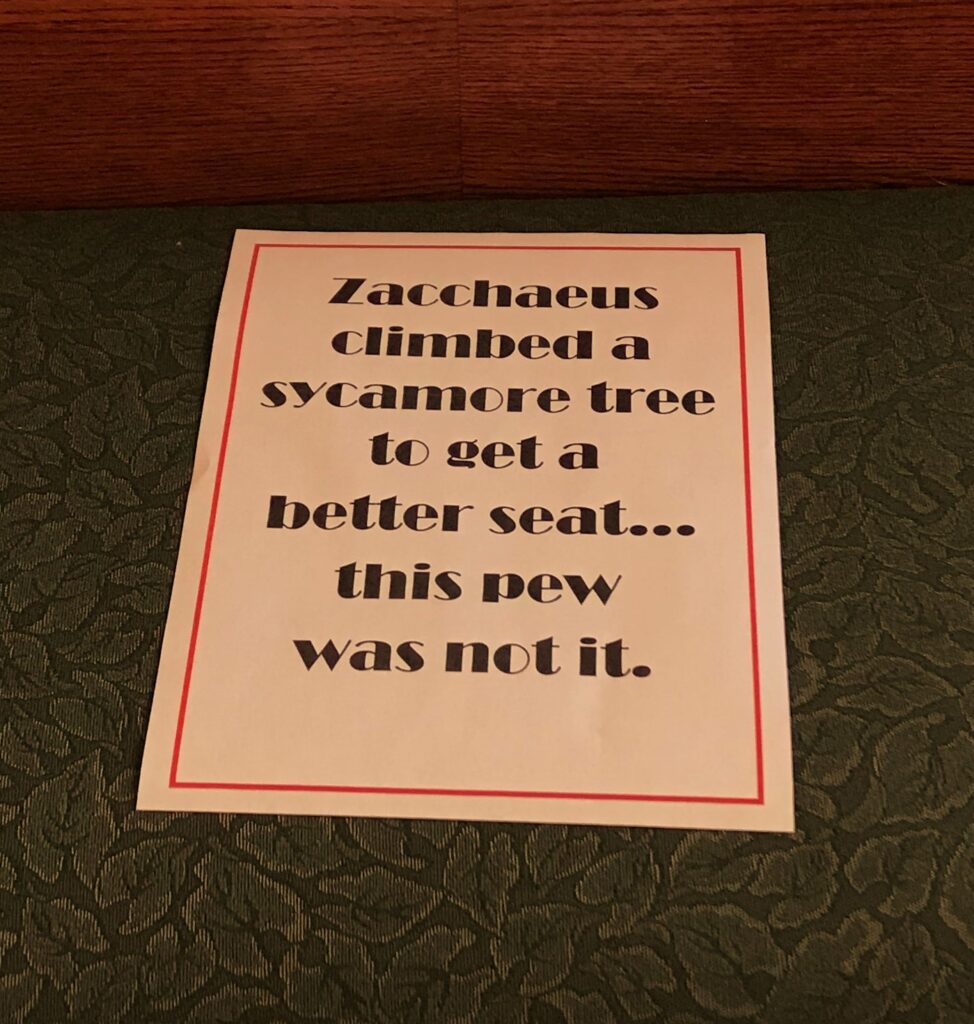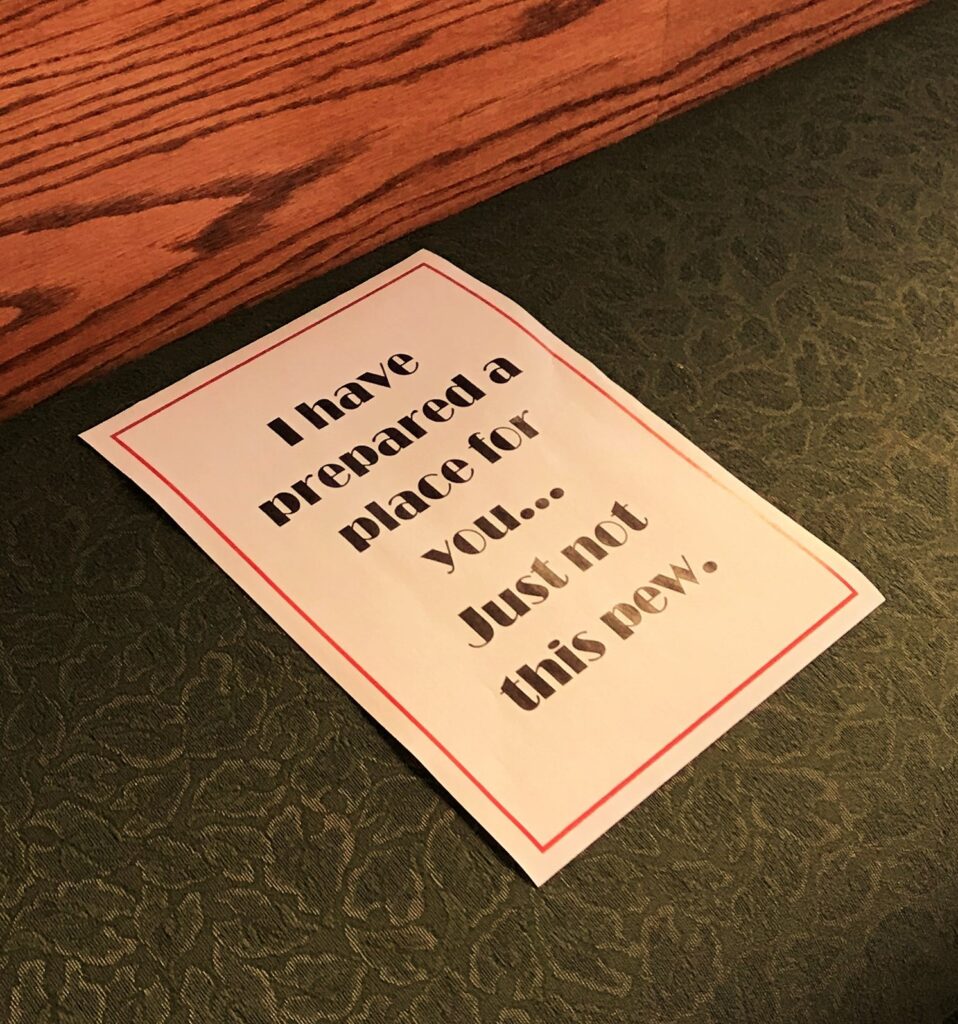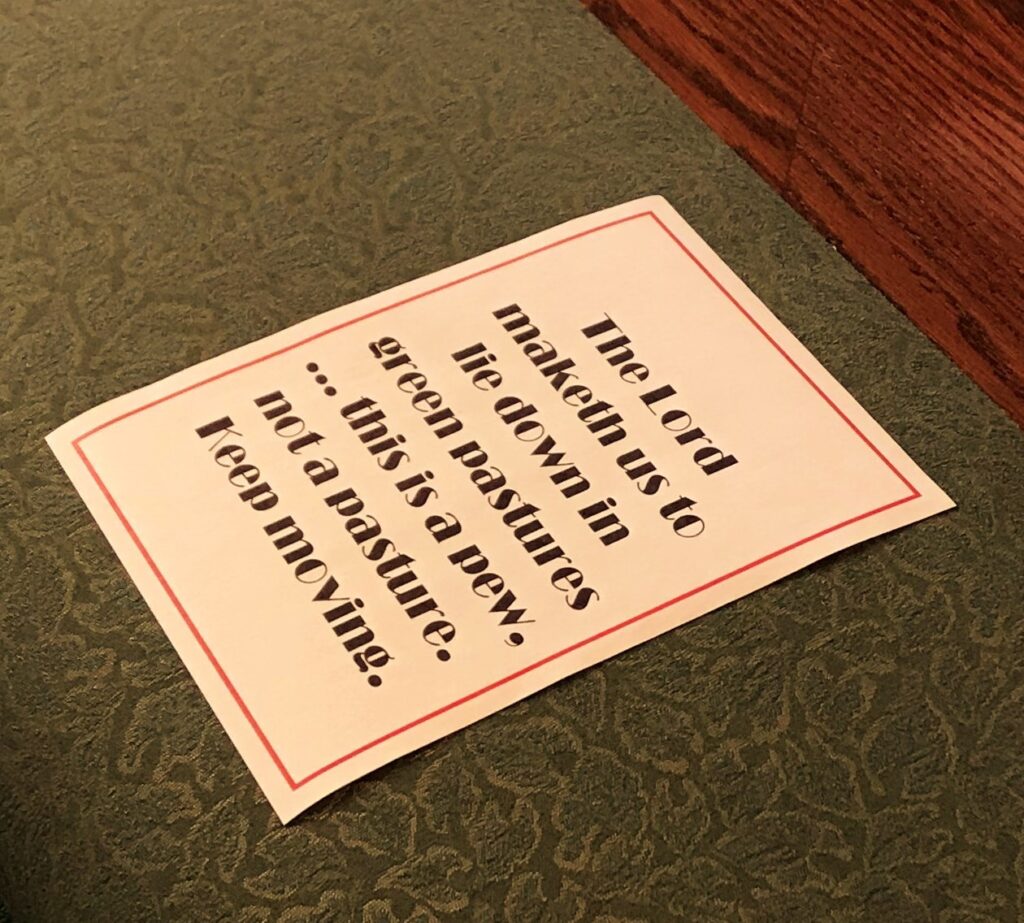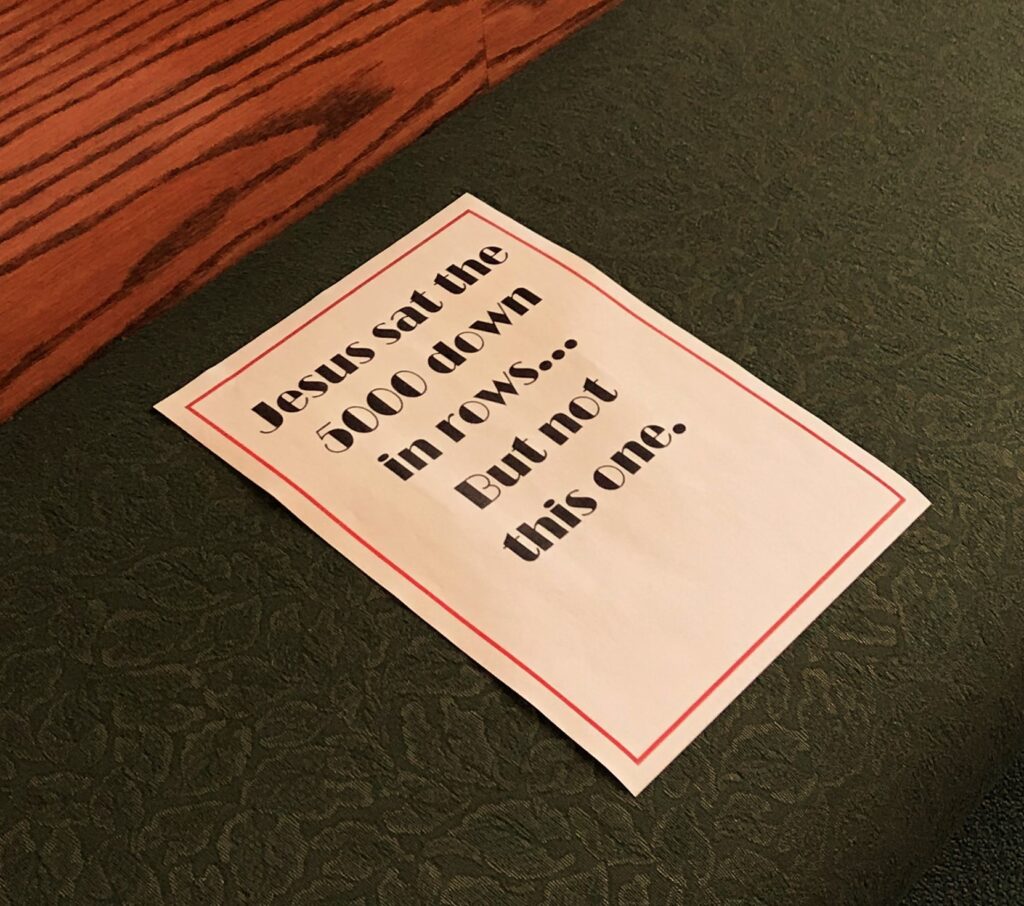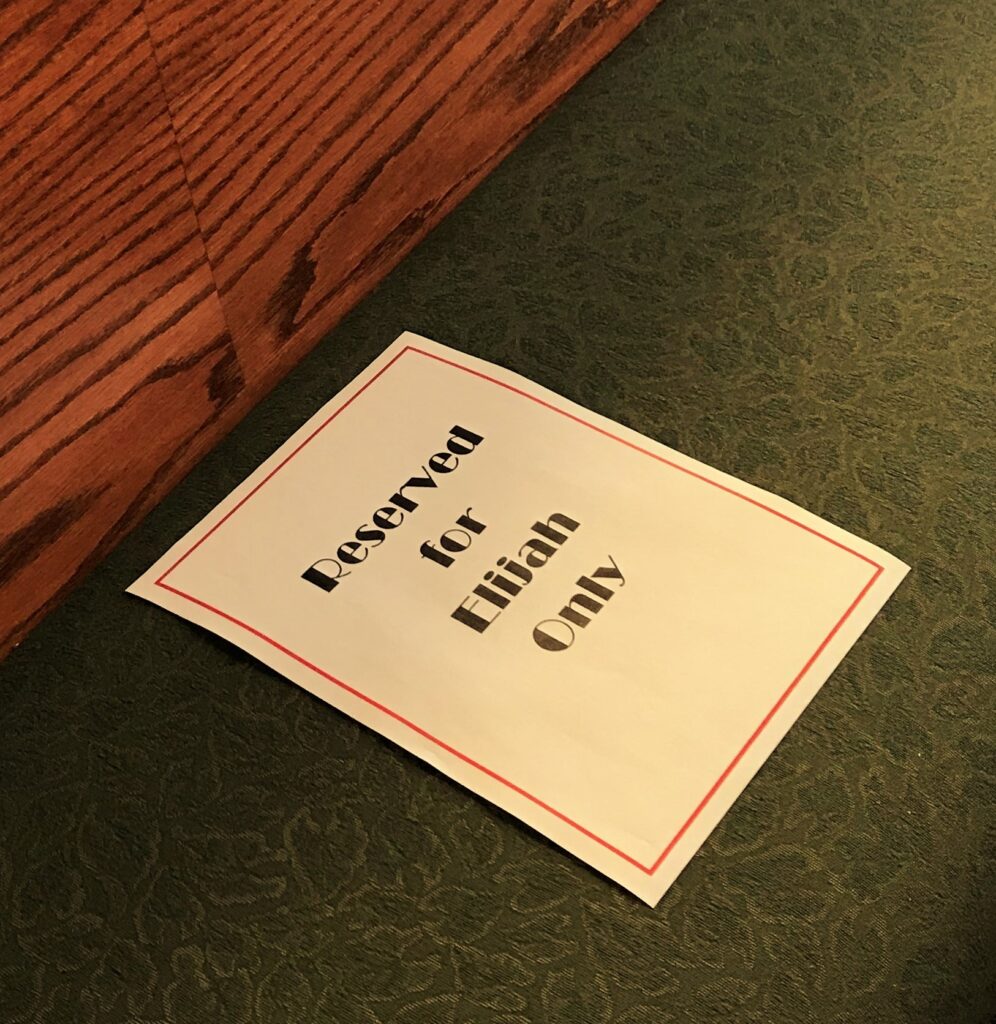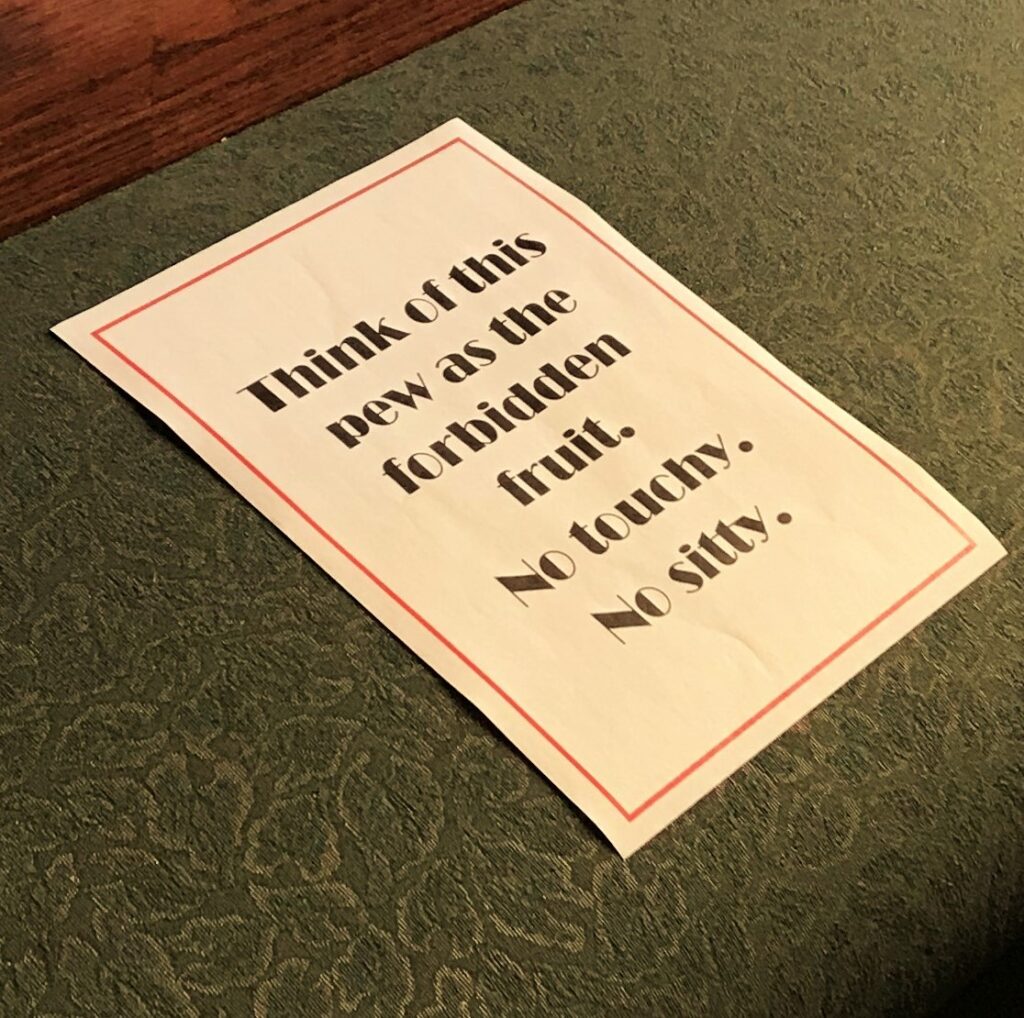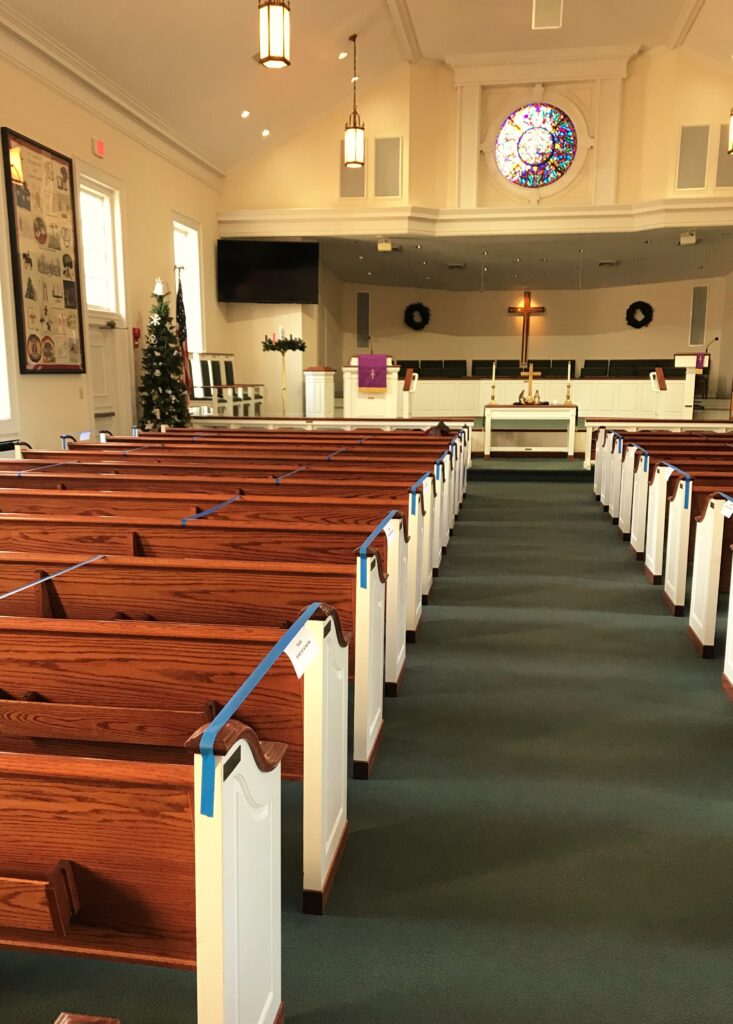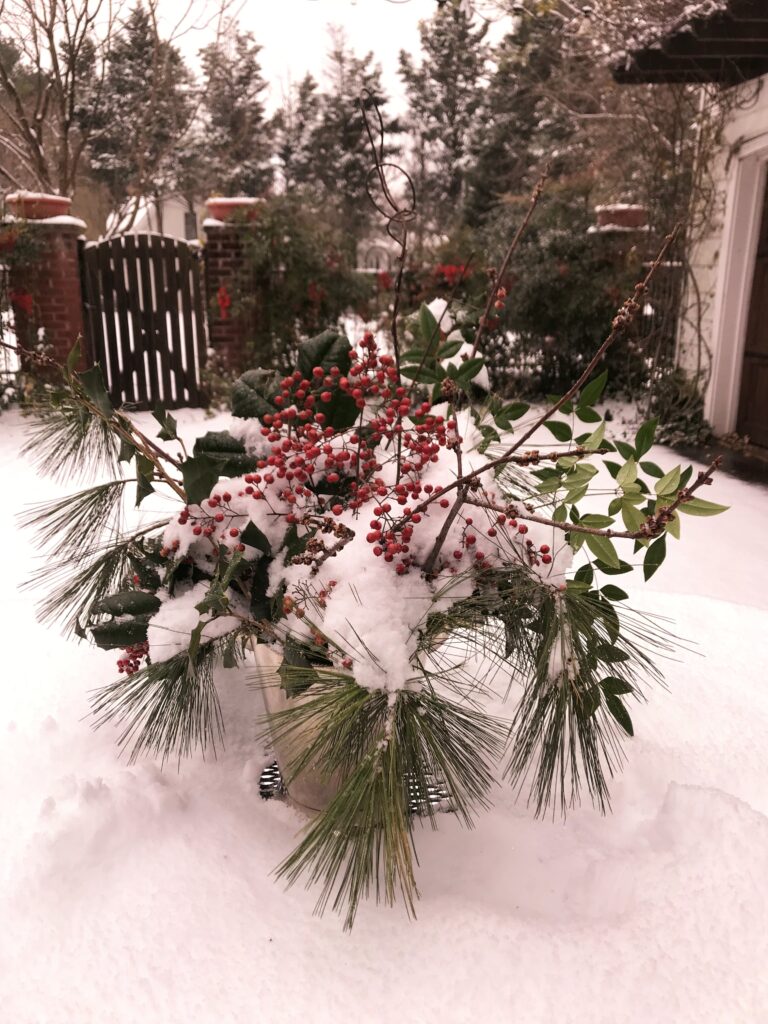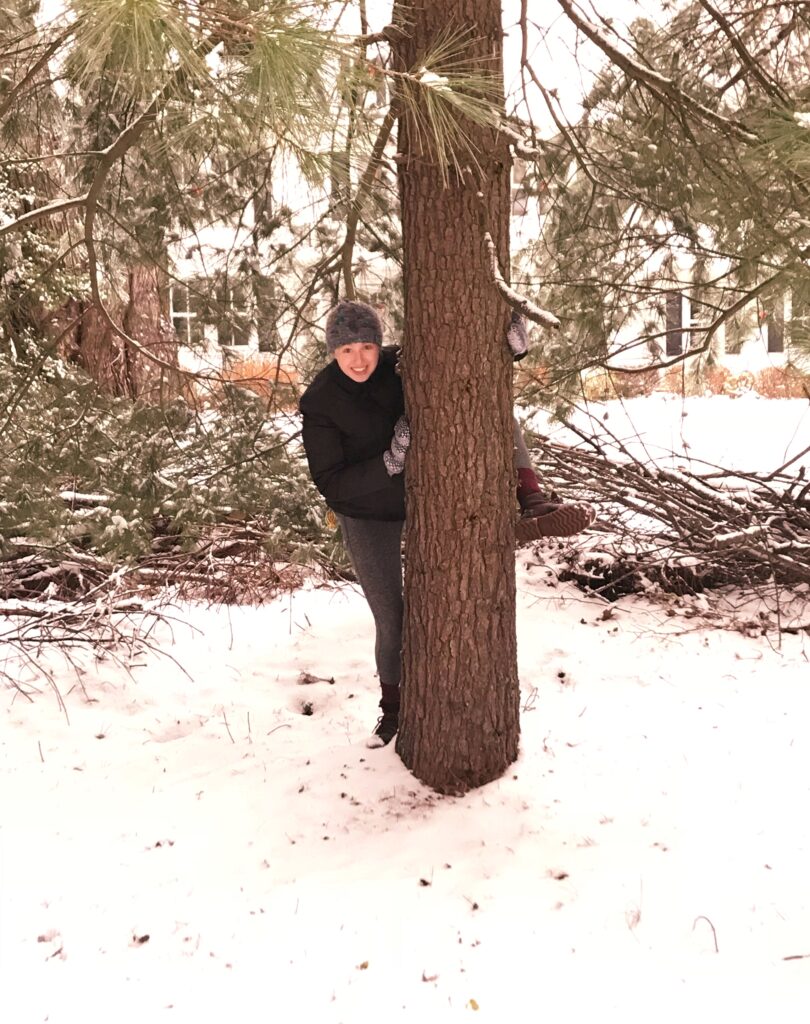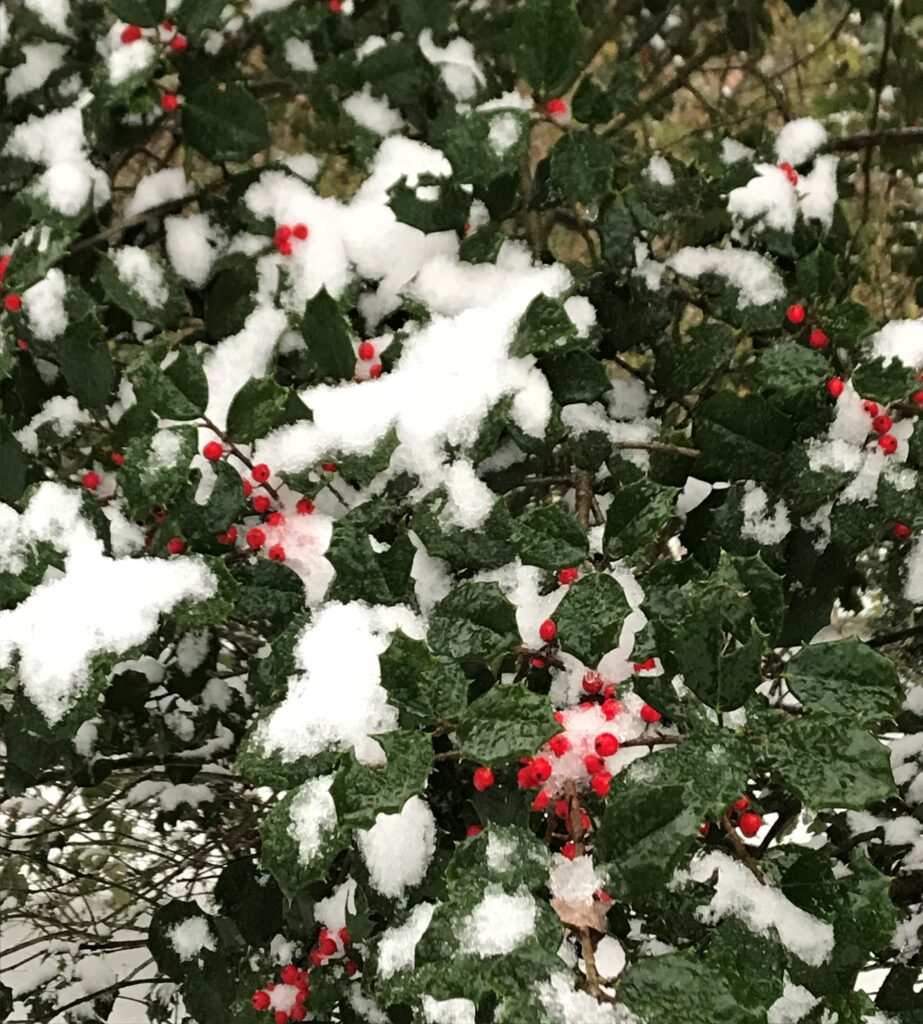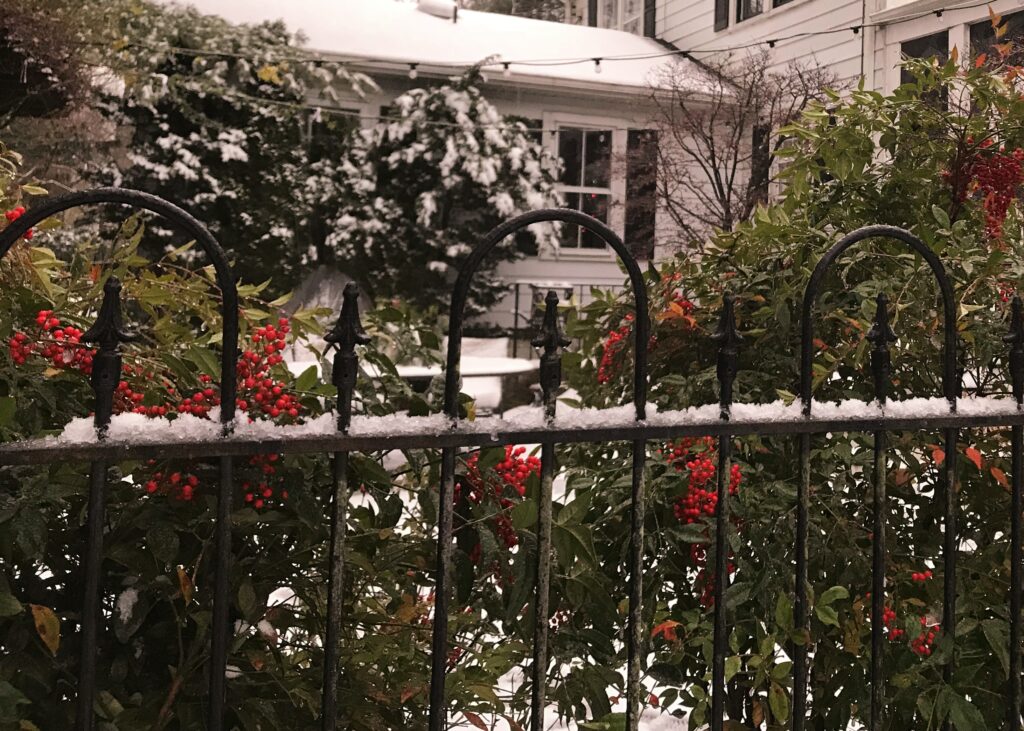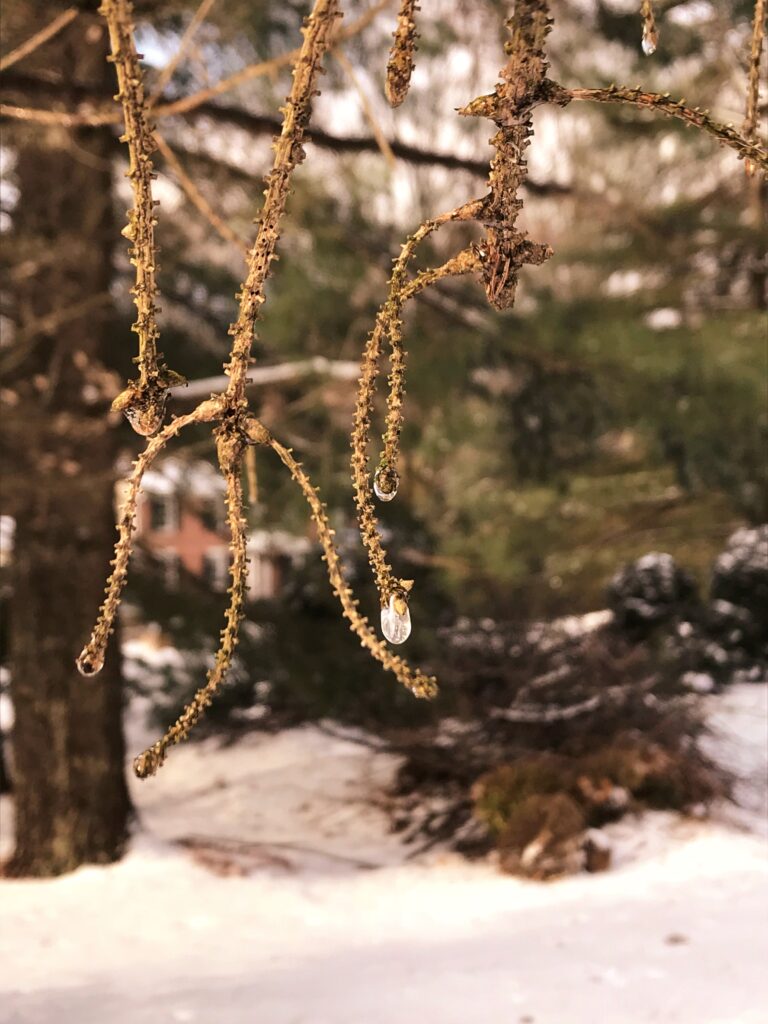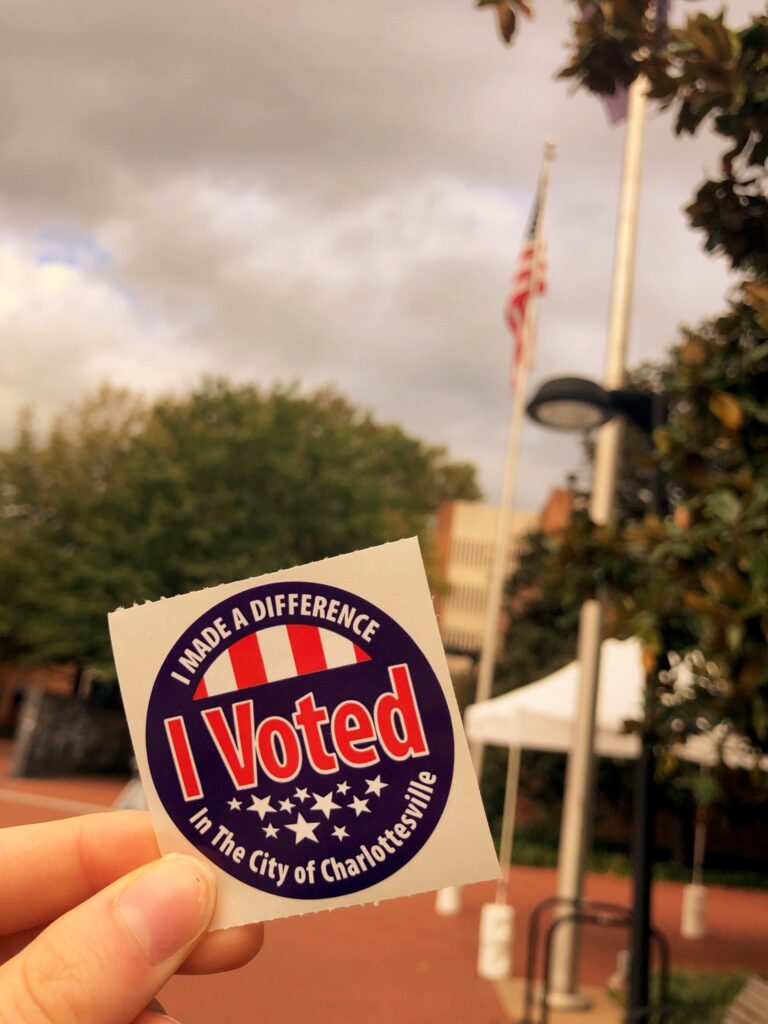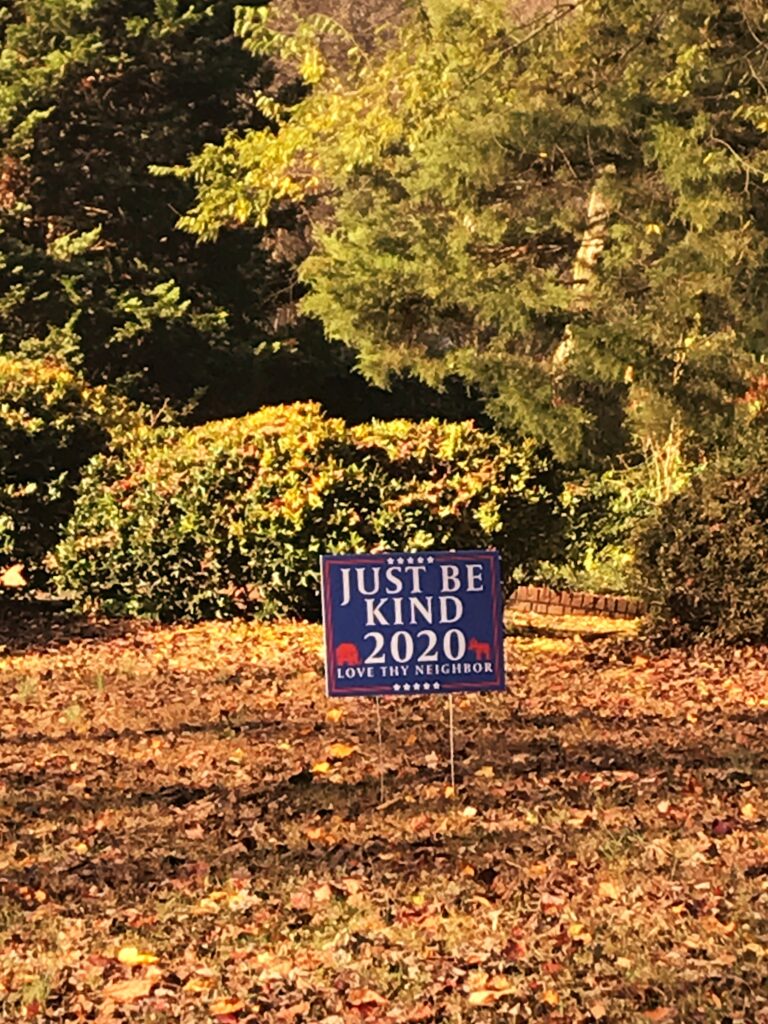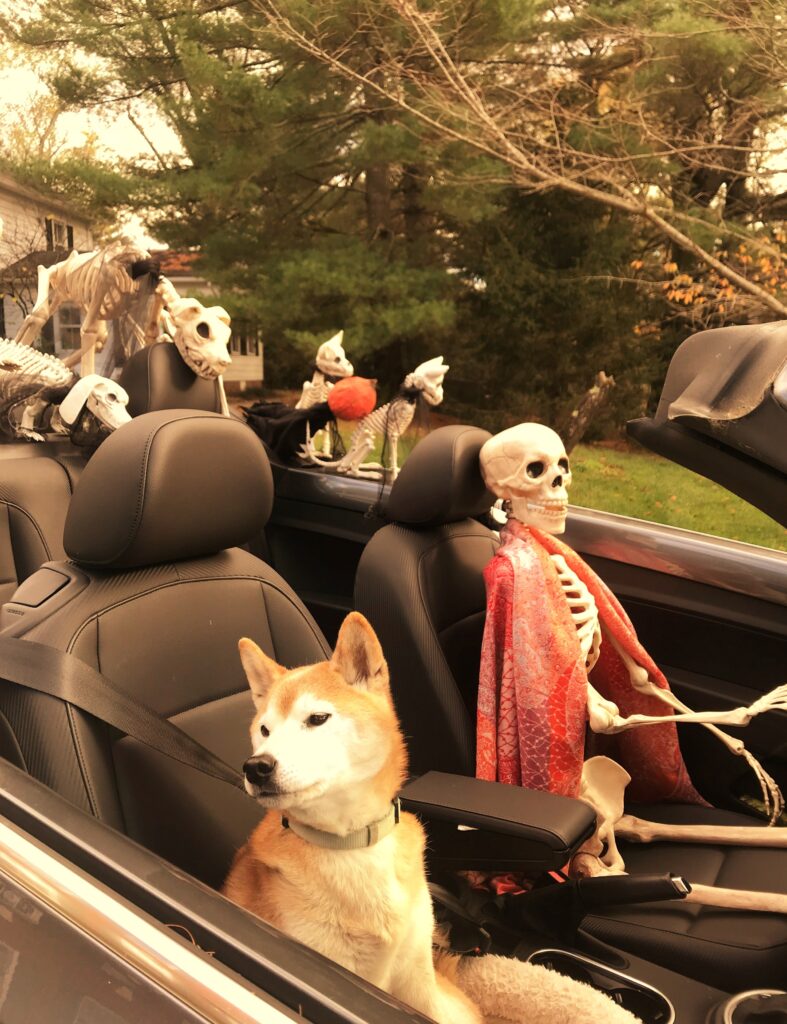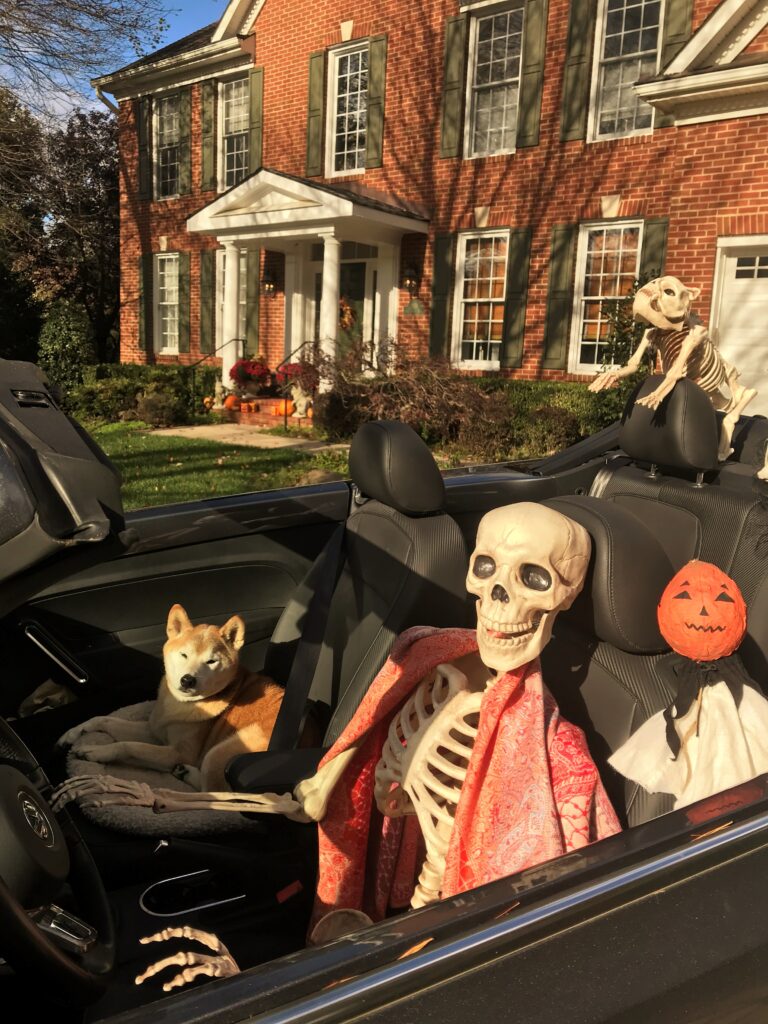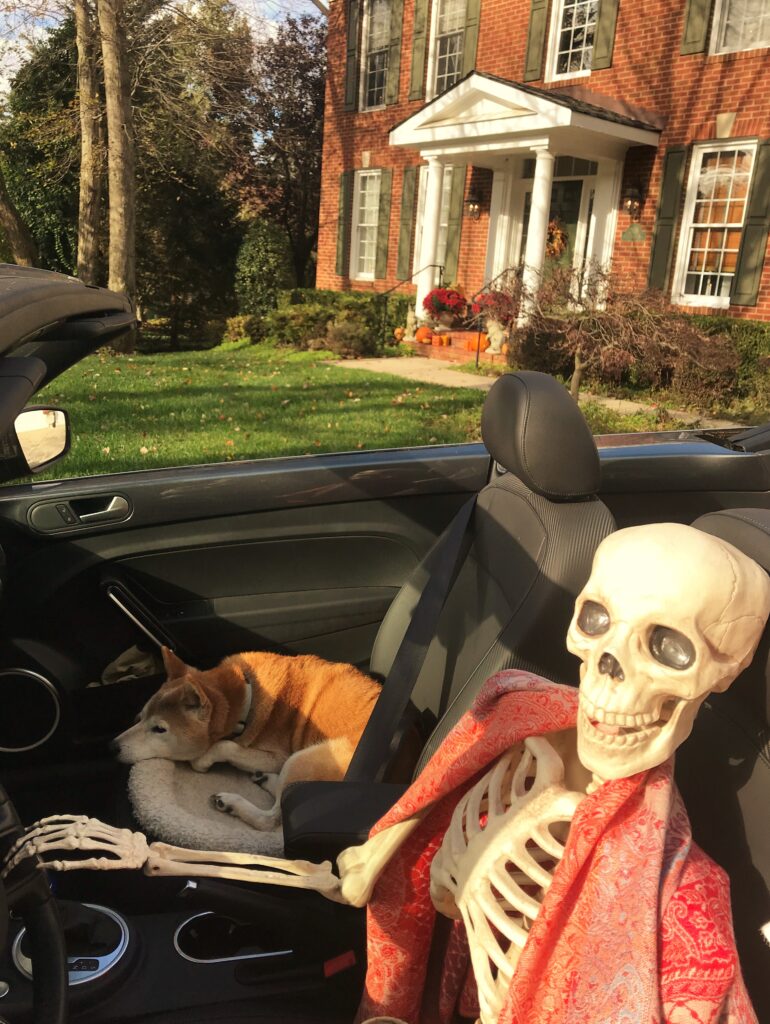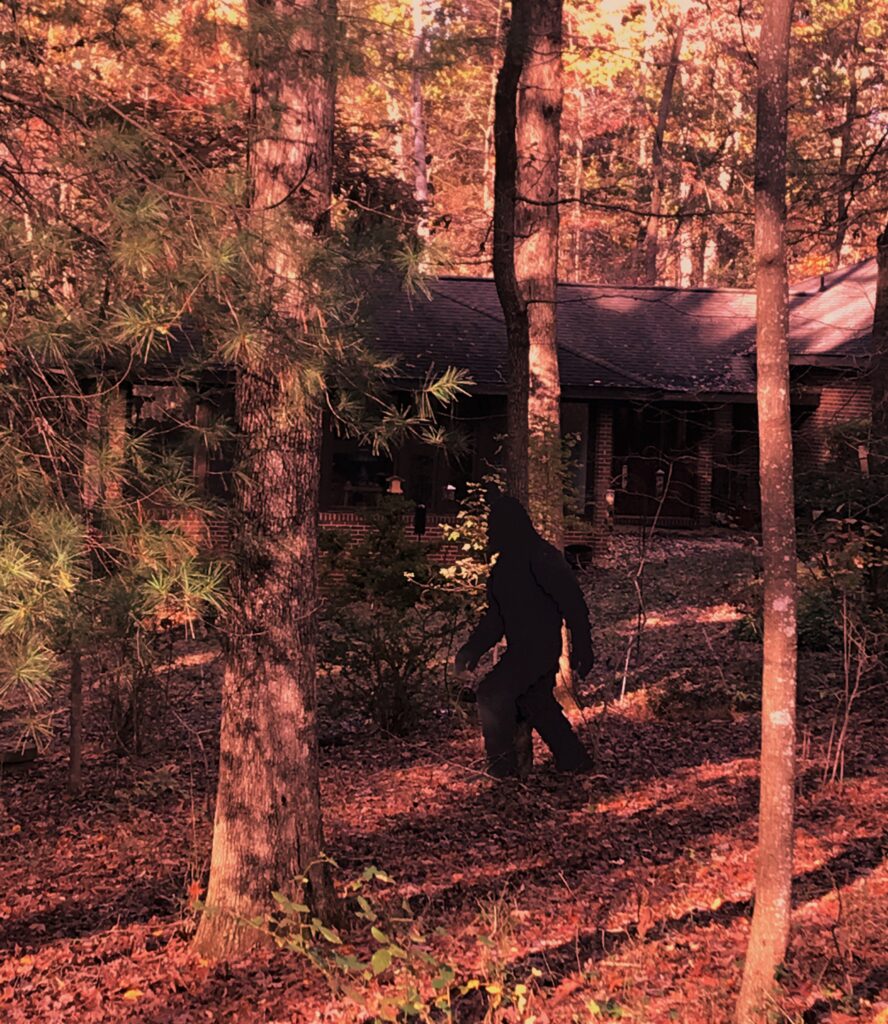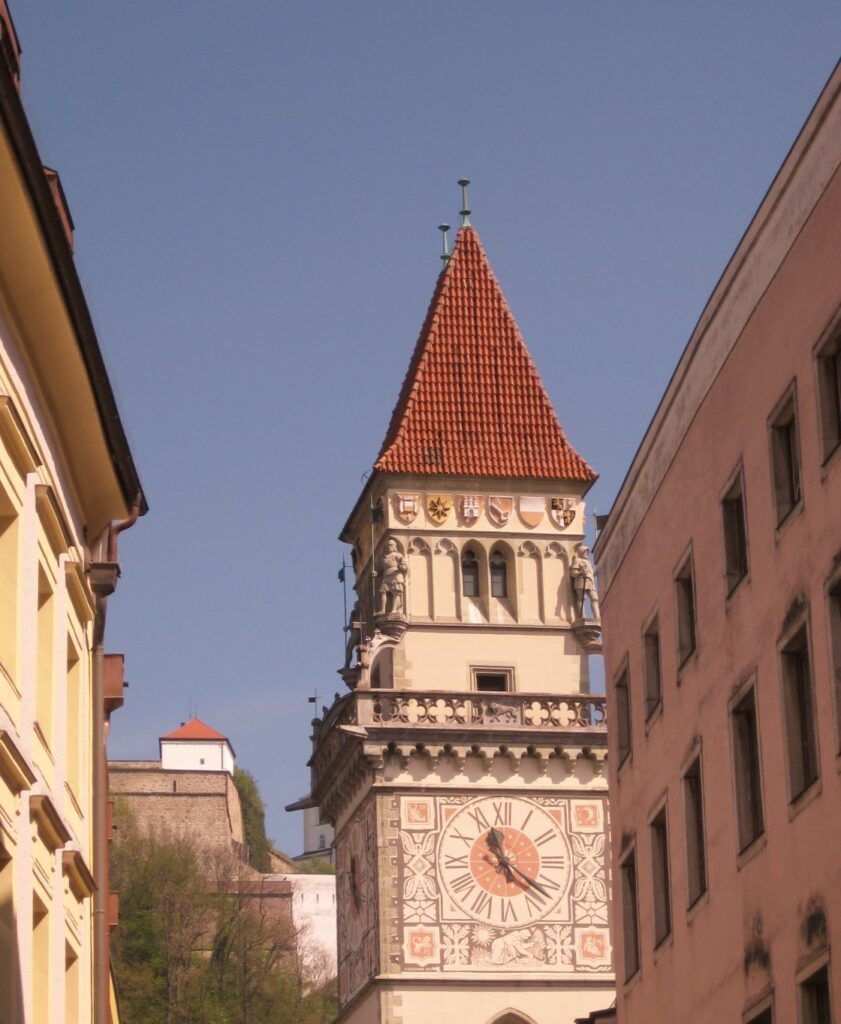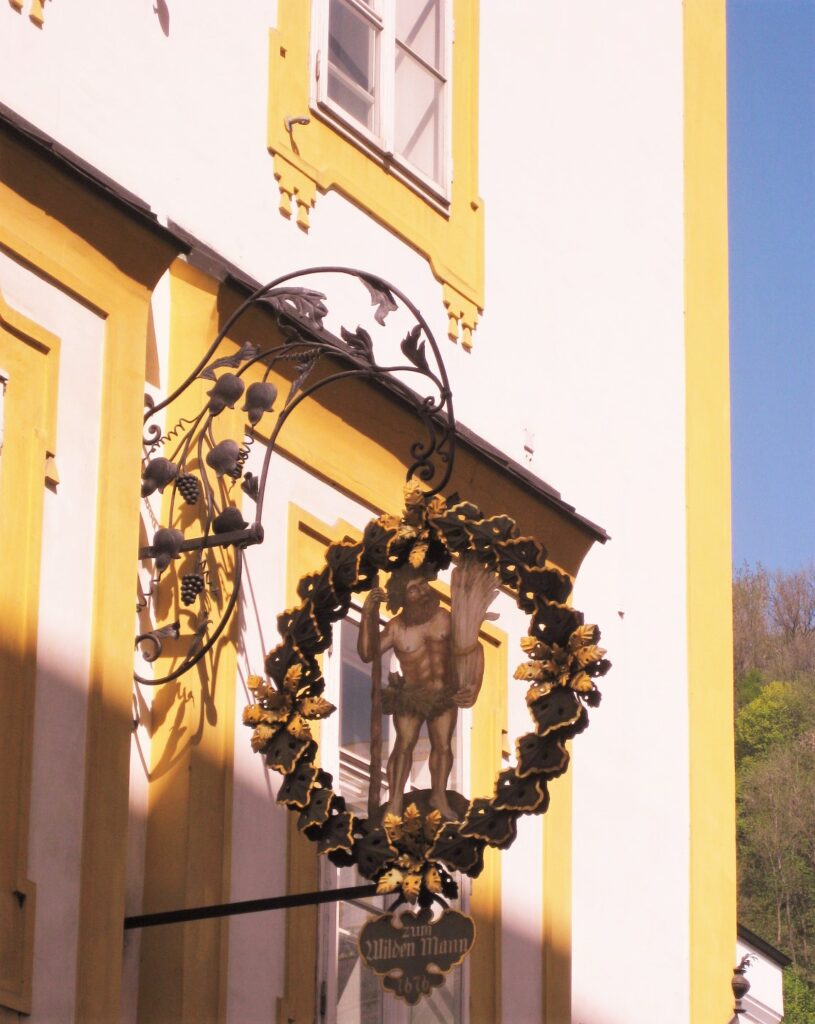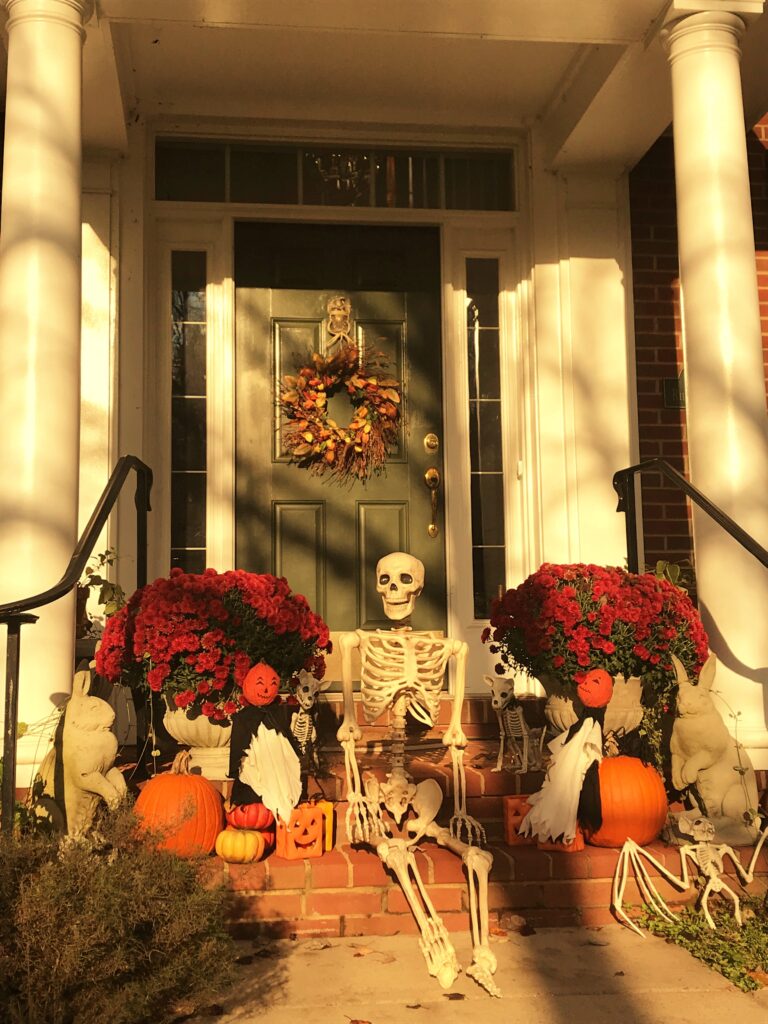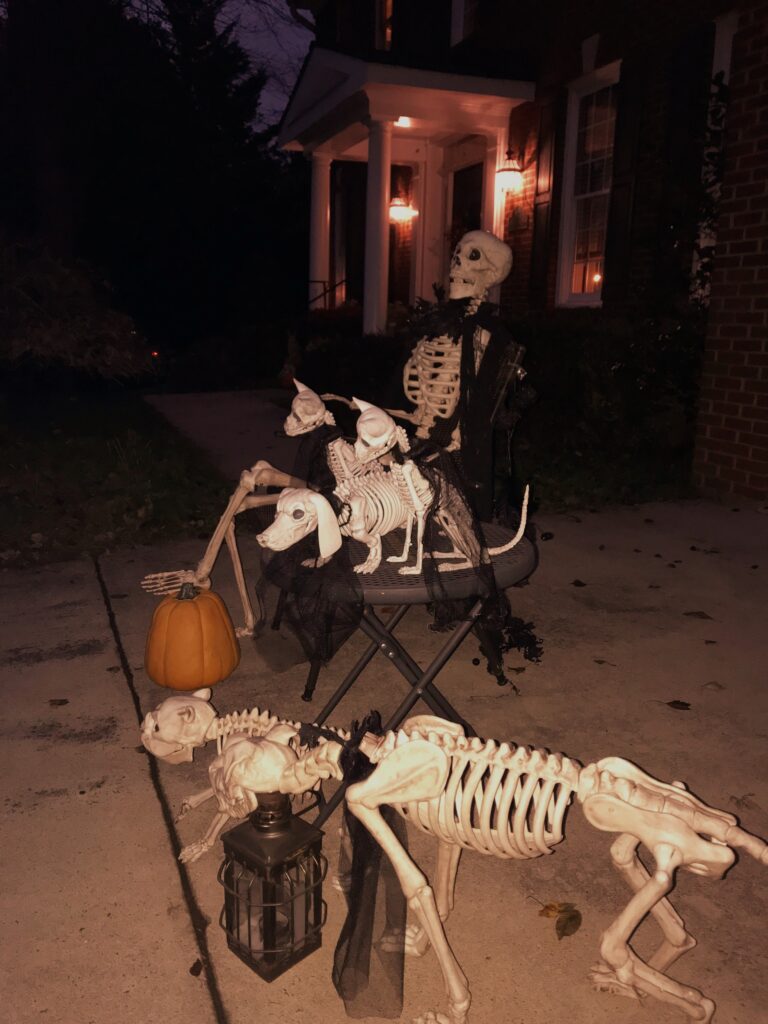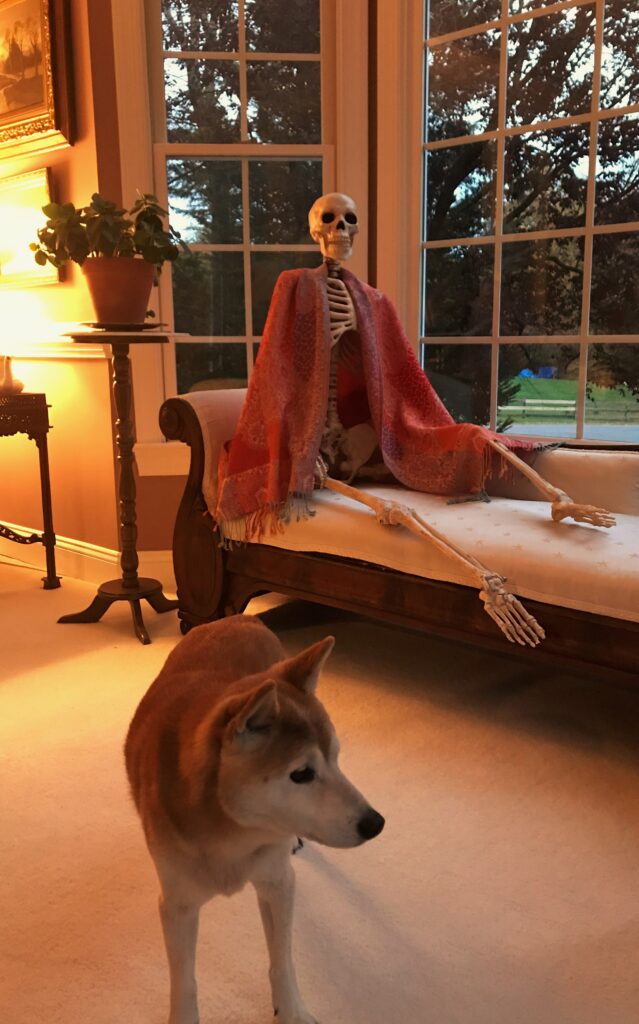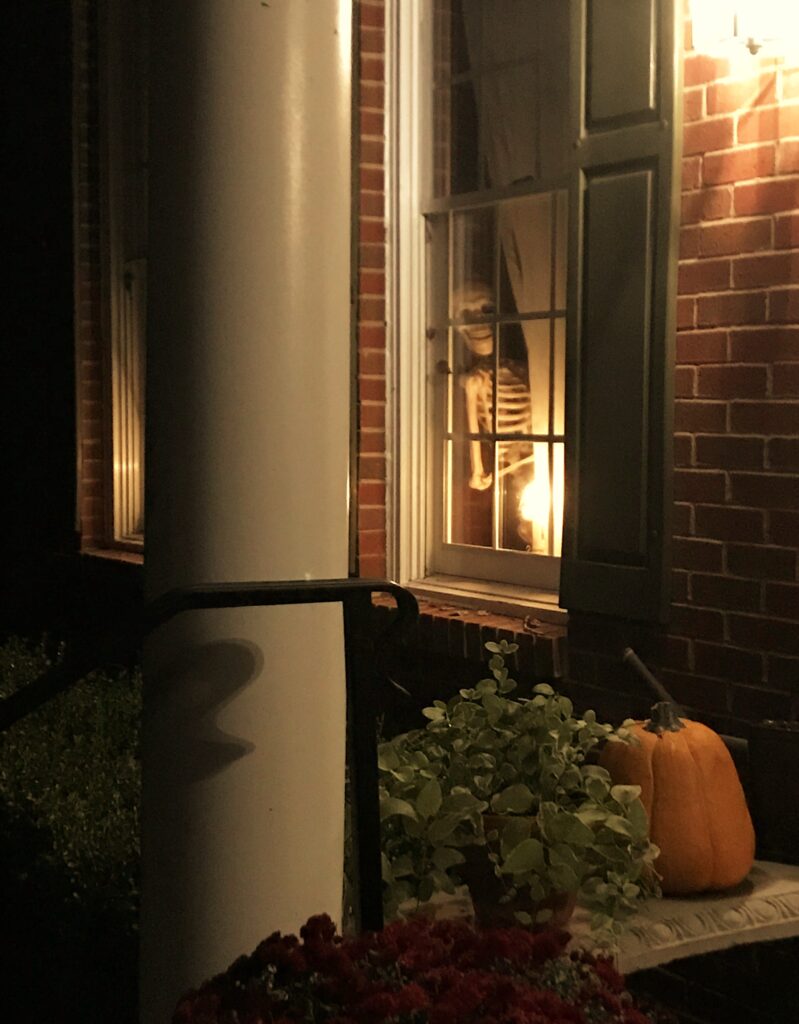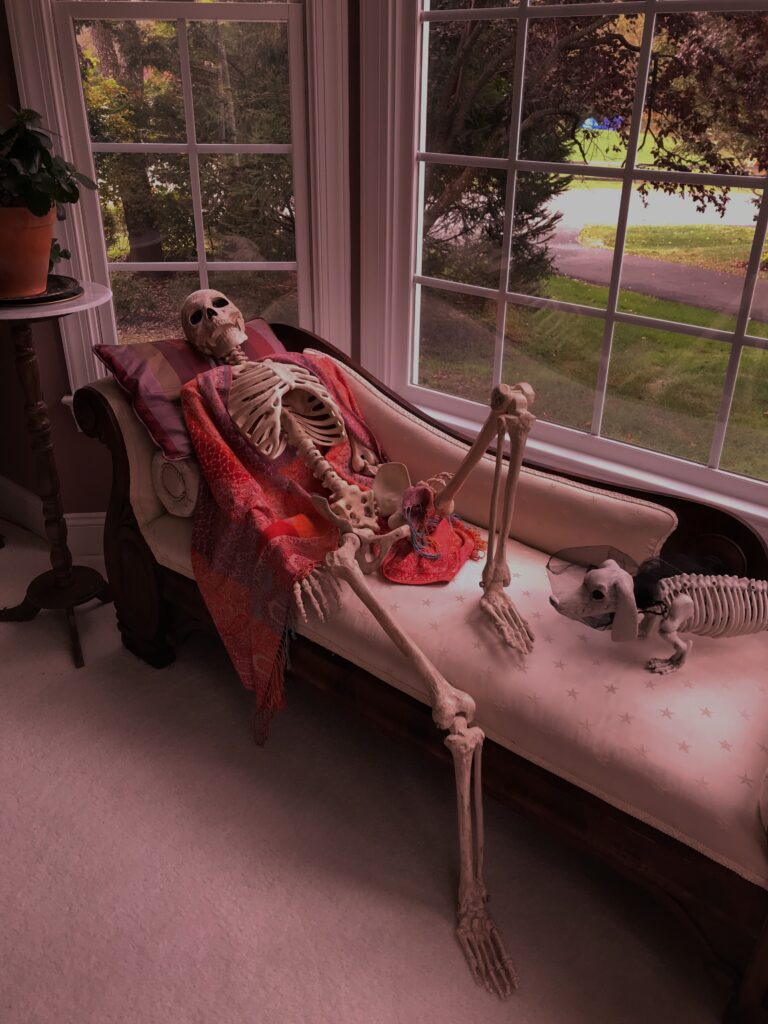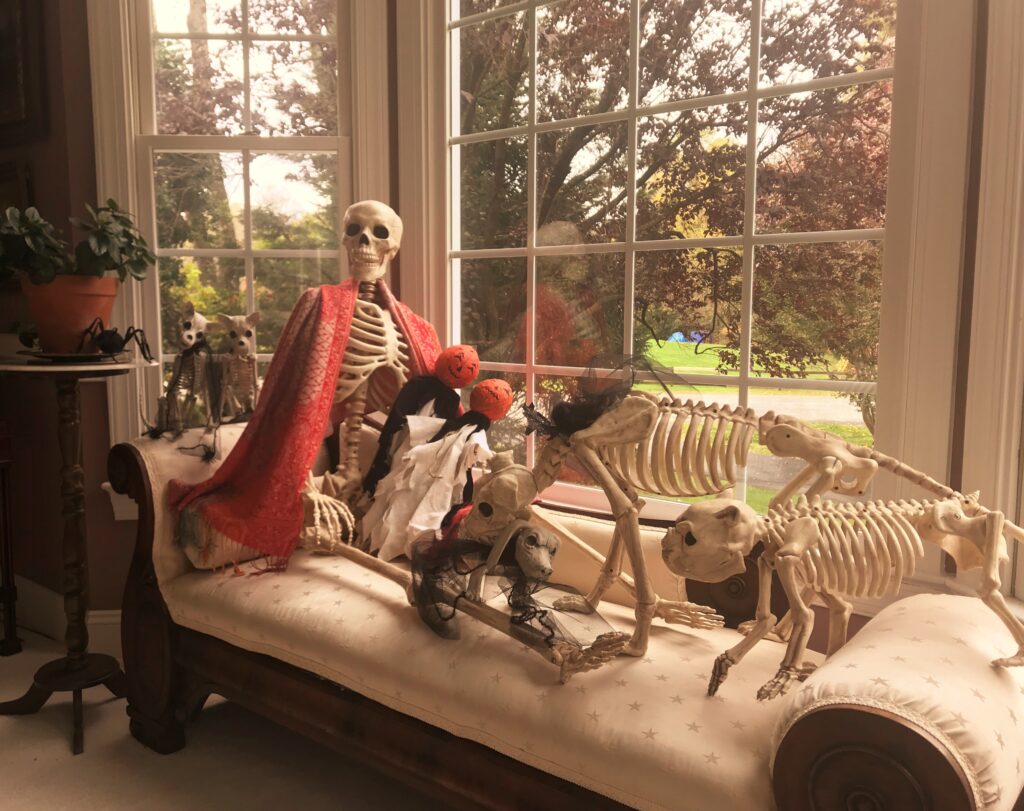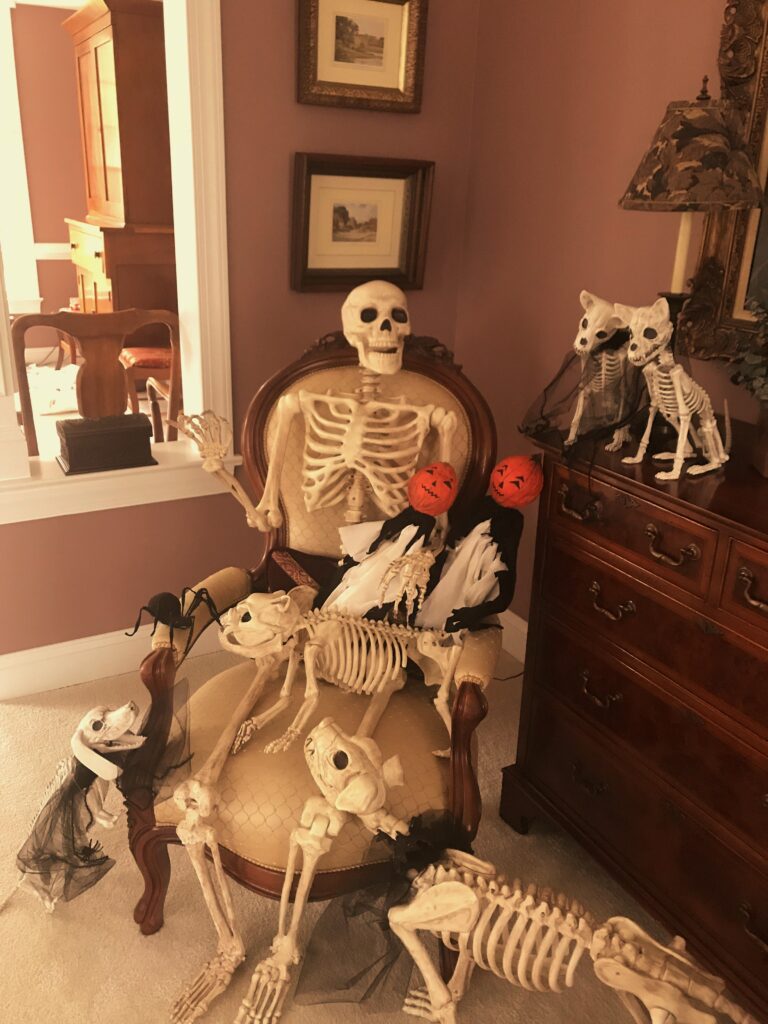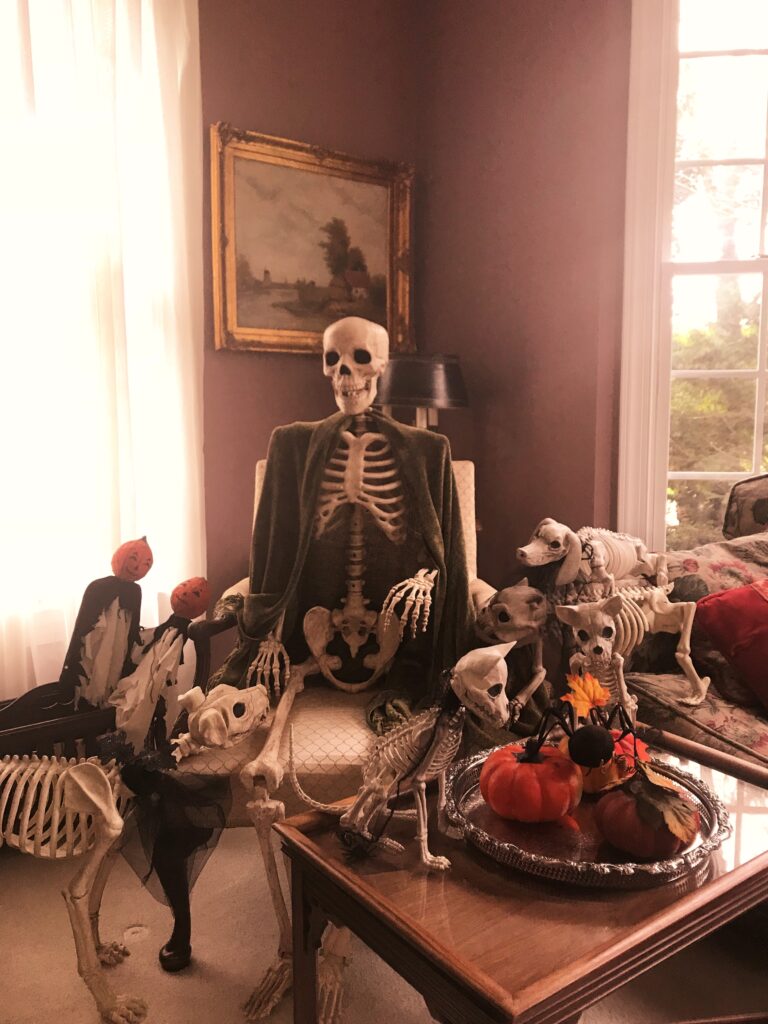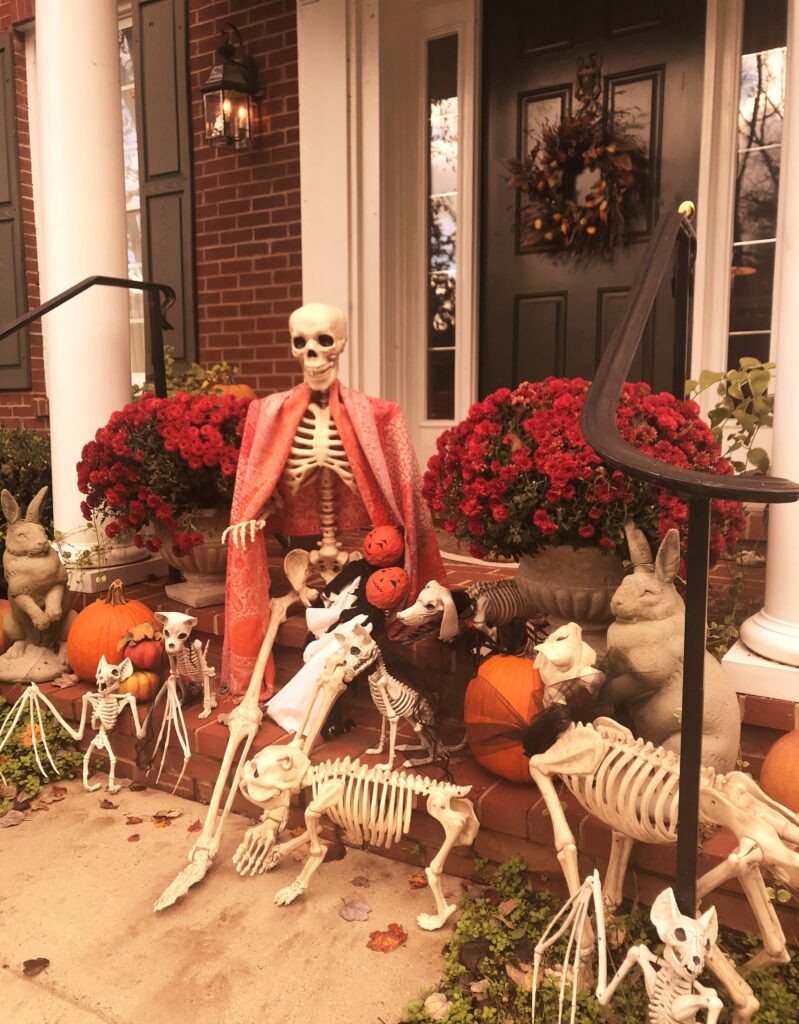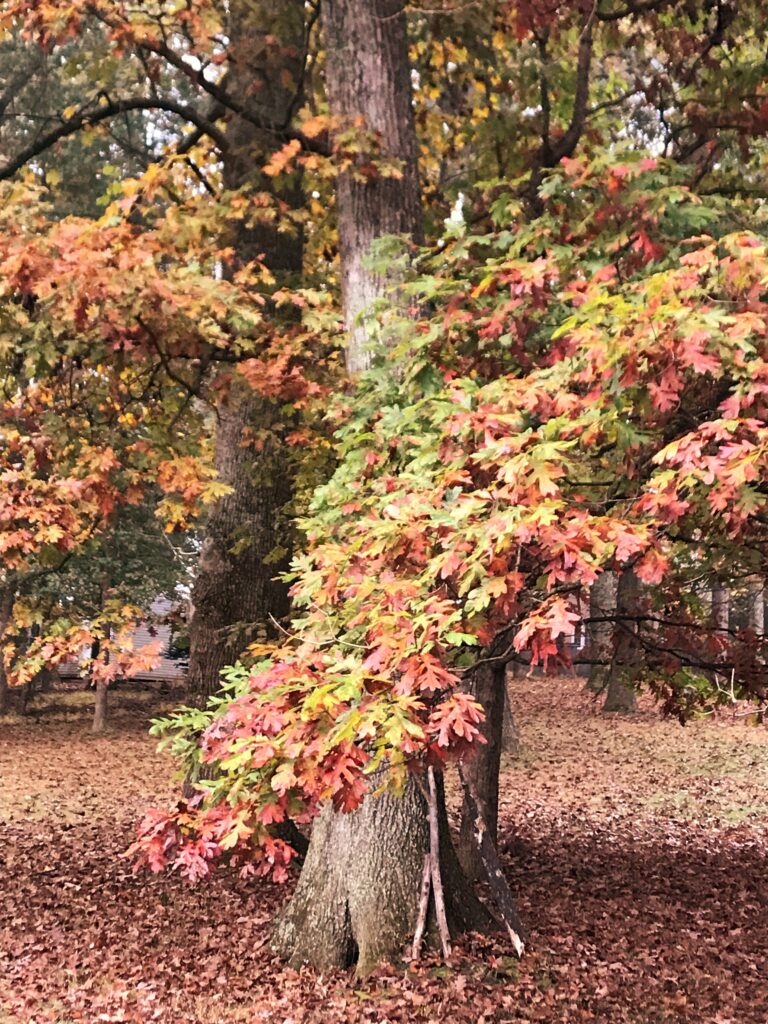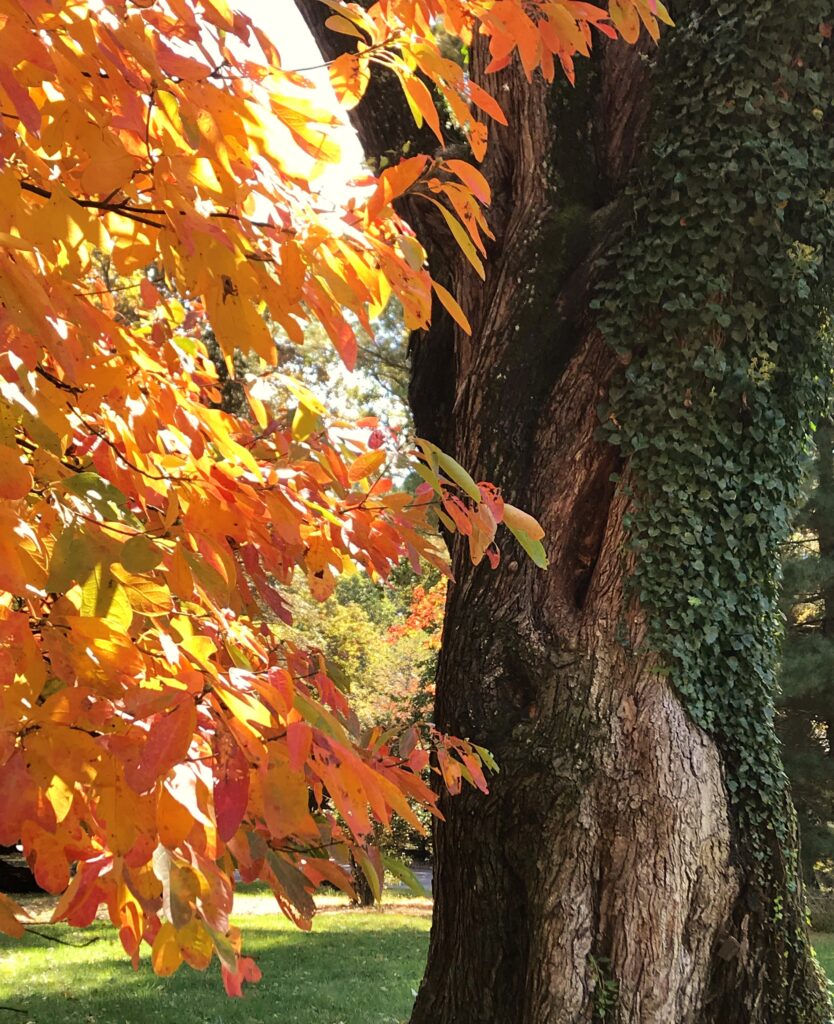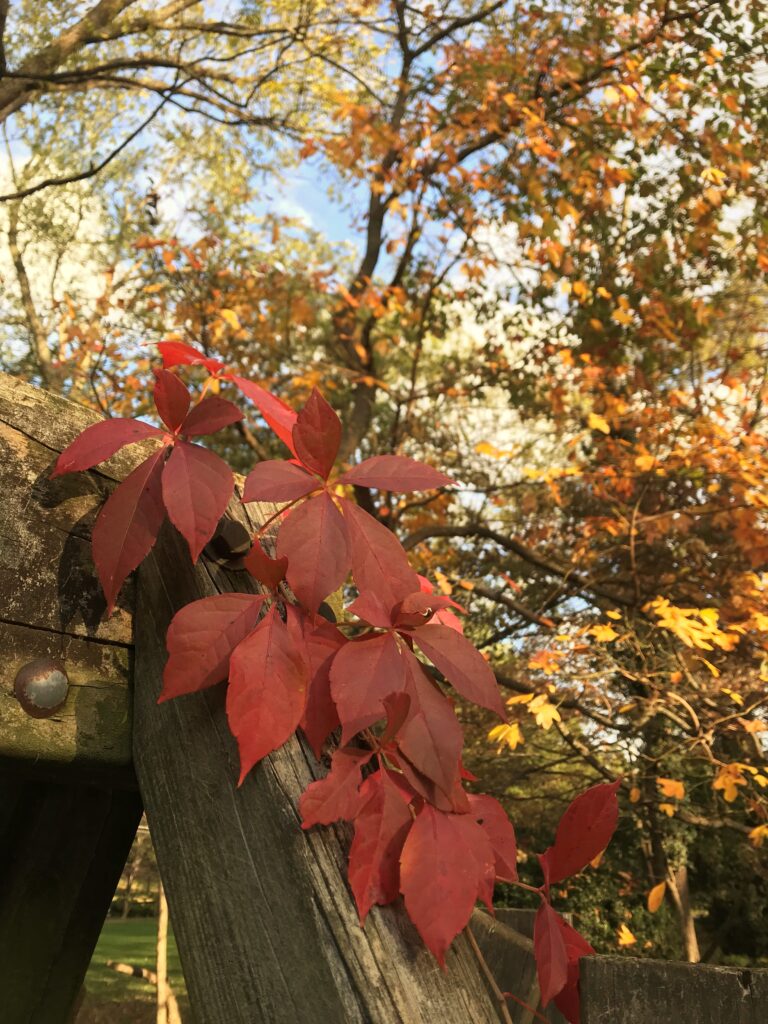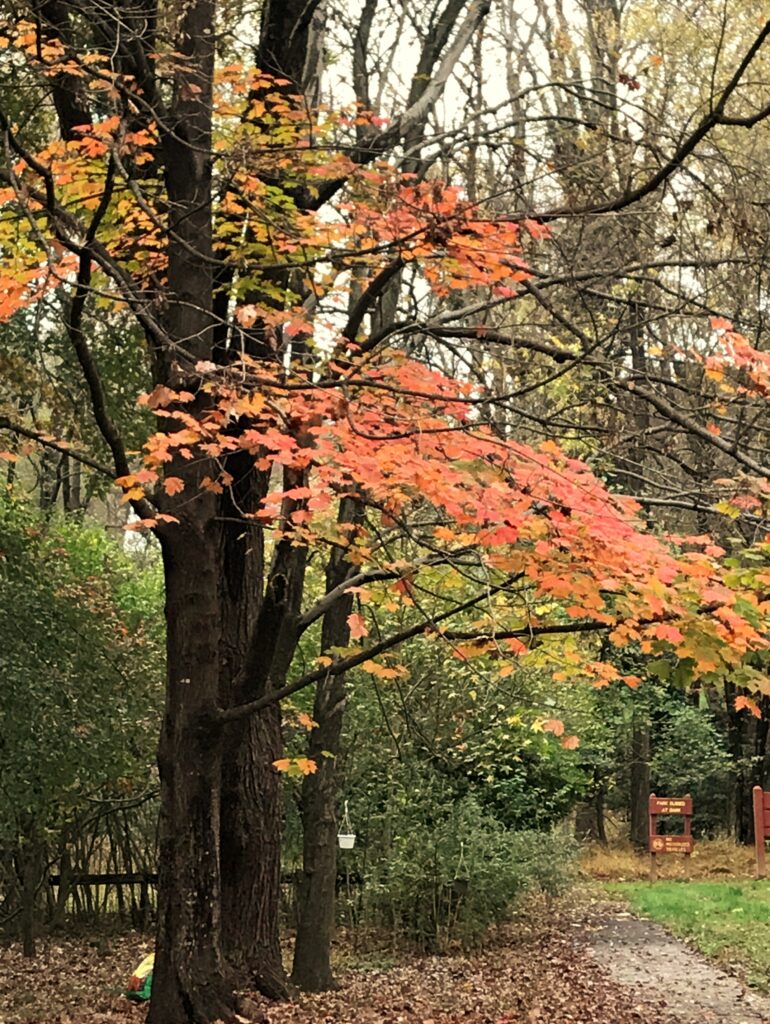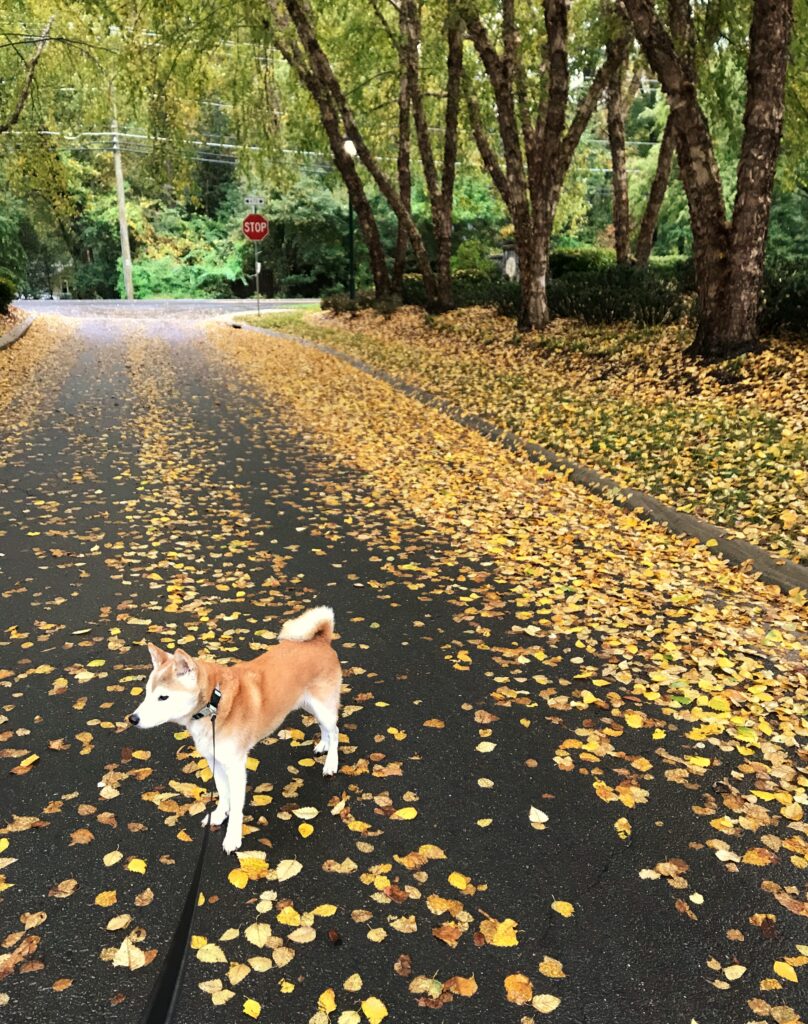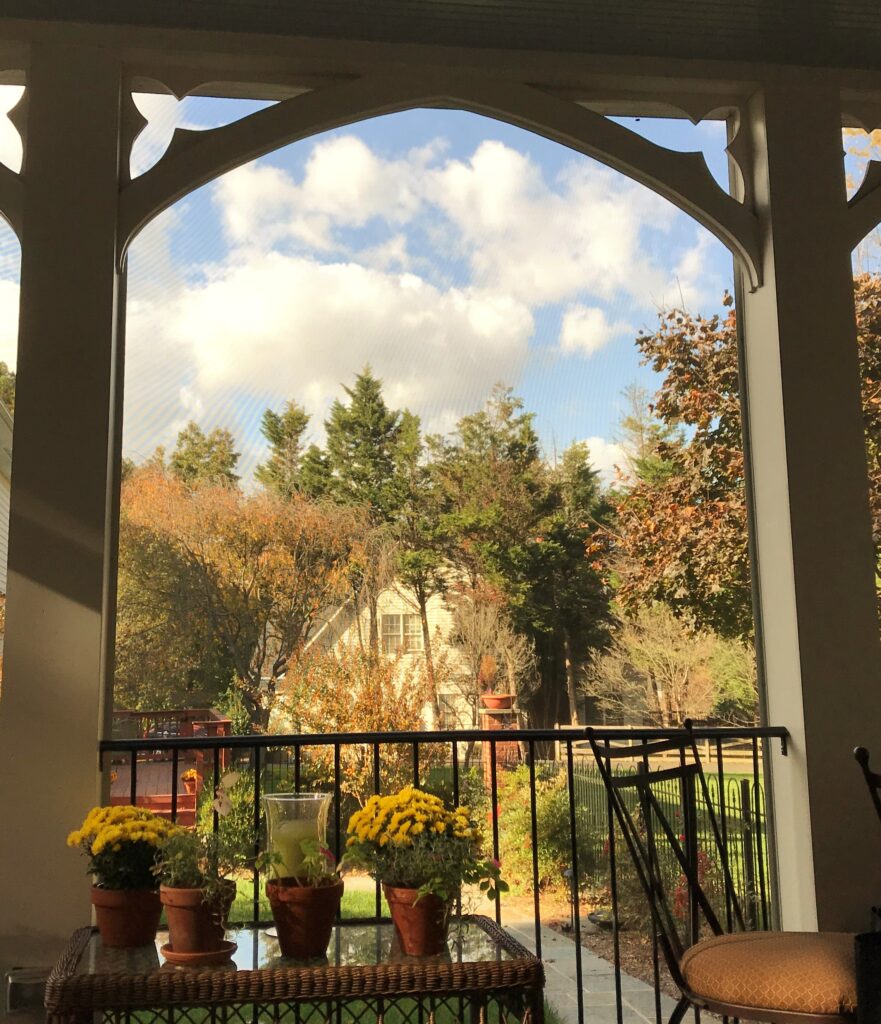Today is Maundy Thursday, the day in the Christian calendar that commemorates Jesus’s Last Supper. The unusual word “maundy” (not Maunday) comes from mandatum, the Latin for command, because we remember the new commandment that Jesus gave his disciples on his final night with them. I wrote this post two years ago, but it’s as relevant today as it was then. Perhaps, more so, during Year II of the covid pandemic. Why not do our part in changing our troubled world for the better by listening to, and following, Jesus’s valuable life instructions?
On the night of his betrayal and arrest, Jesus gathered with his disciples for one last time to share the Passover meal together. He knew that his life on earth was drawing to a close. He had tried to explain to his dearest friends that he would soon be facing death, and doing so willingly. But the disciples didn’t understand. Probably some of them were expecting to witness a magnificent earthly triumph. Judas, the betrayer, may have been counting on such a victory. None of the disciples, it seems, were expecting their friend, teacher and Messiah to die an ordinary criminal’s death on the cross.
But the group must have been fearful and confused. They were back in crowded, dangerous Jerusalem, where Jesus’s life had been threatened multiple times during clashes with the Jewish religious leaders. And so, on that fateful final night, Jesus had the full and rapt attention of his disciples. He chose his words, and his actions, with care.
According to the Gospel of John (13:1 – 17), after the meal, he did something completely unexpected: he got up from the table and began to wash the feet of his friends. In those days, traveling, for people of ordinary means, meant walking, in sandals, or even barefoot, along dusty, dirty roads, through fields and stretches of sandy wilderness. A servant typically washed the feet of guests as they entered a home. If there were no servants, guests usually washed their own feet from a basin near the door. John the Baptist refers to this practice when asked by Jewish leaders if he is the Messiah. According to John 1:27, he replies, “I baptize with water. Someone greater stands among you, whom you don’t recognize. He comes after me, but I’m not worthy to untie his sandal straps.” The disciples were clearly uncomfortable with their leader and teacher washing their dirty feet. Had foot washing been done upon entering the upper room that night? It’s uncertain. Maybe there had been no basin set up for the purpose until Jesus poured water into one, as mentioned in John 13:5. The Pharisees had criticized Jesus when they noticed that some of his disciples failed to wash their hands before eating (Mark 7: 1-5). Certainly, Jesus’s focus was not on Jewish rituals of purity. External, physical cleanliness was evidently not one of his primary concerns. He may not have been a stickler for foot-washing prior to that last gathering.
The disciple Peter’s reaction supports this (John 13: 6-11). Peter was fiery, passionate and impulsive. Like many of us, he was often a bit dense. He couldn’t stand the idea of Jesus abasing himself to wash his feet. Foot washing was the job of an underling, a slave. Peter jumped up and exclaimed, “You’ll never wash my feet!” When Jesus replied, “Unless I wash you, you won’t belong to me,” Peter was all in. “Then wash my hands and head as well, Lord, not just my feet!”
Jesus went on to explain his puzzling behavior. “Do you understand what I was doing? You call me ‘Teacher’ and ‘Lord,’ and you are right, because that’s what I am. And since I, your Lord and Teacher, have washed your feet, you ought to wash each other’s feet. I have given you an example to follow. . .Now that you know these things, God will bless you for doing them.” (13:12-15, 17).
Jesus wanted his disciples to understand that he had in mind much more than literal foot washing. Following his example is to mean humbling oneself in order to serve and help others. To further drive home his point, he continued: “So now I am giving you a new commandment: Love each other. Just as I have loved you, you should love each other. Your love for one another will prove to the world that you are my disciples” (13:34-35).
Jesus had spent three years traveling with this rag-tag group. They’d heard him teach and preach, seen him heal the sick and cast out demons. On three separate occasions, he’d even restored the dead to life. The disciples had been with him as he confronted the Jewish authorities and challenged their interpretation of the Law. Sometimes his words and actions had been difficult to comprehend. But on the night before his death, Jesus summed up the essence of his ministry in the simplest of terms: Serve others. Love others. Just as I have served and loved you, so you should love others.
Let’s take this Maundy Thursday message to heart. Let’s heed the wise counsel of our dear brother Jesus. Do our best to follow his example. Try to model his caring, compassionate behavior. We won’t always succeed. Sometimes we’ll backslide and act in ways that are selfish and petty. But let’s persevere. And change the world, little by little, through service and love.

